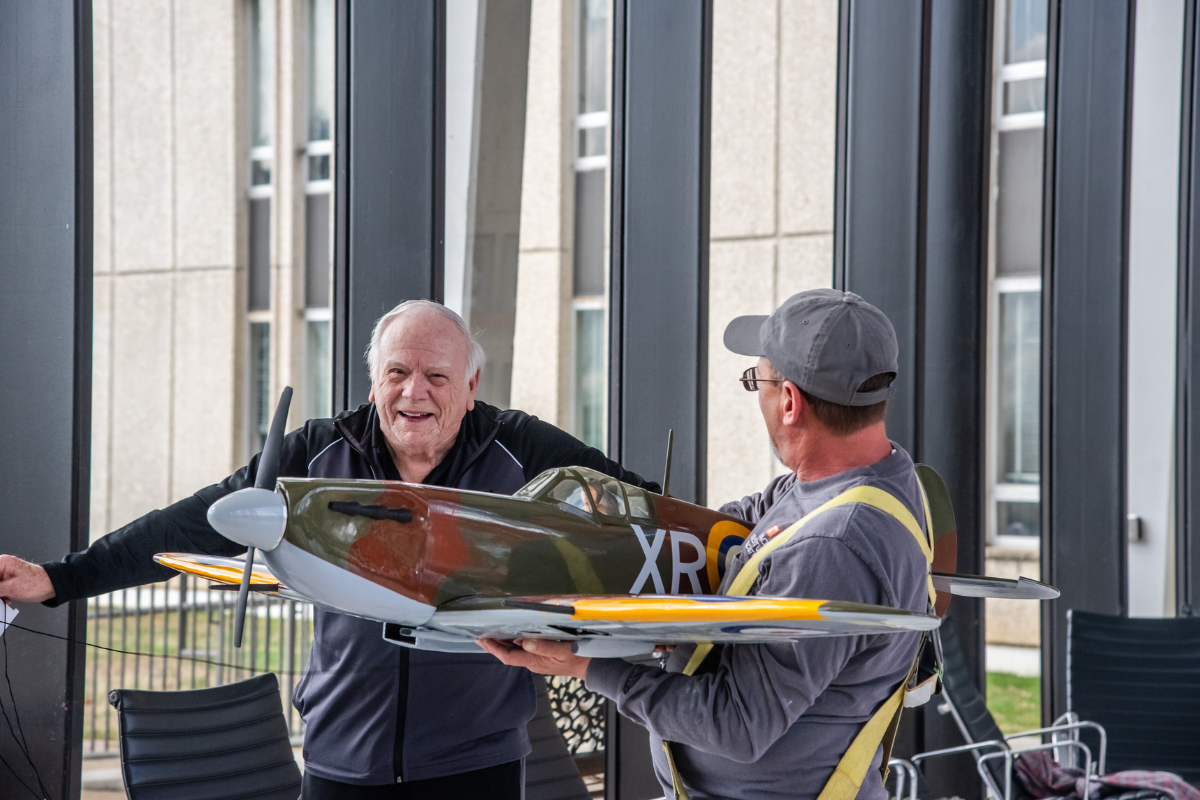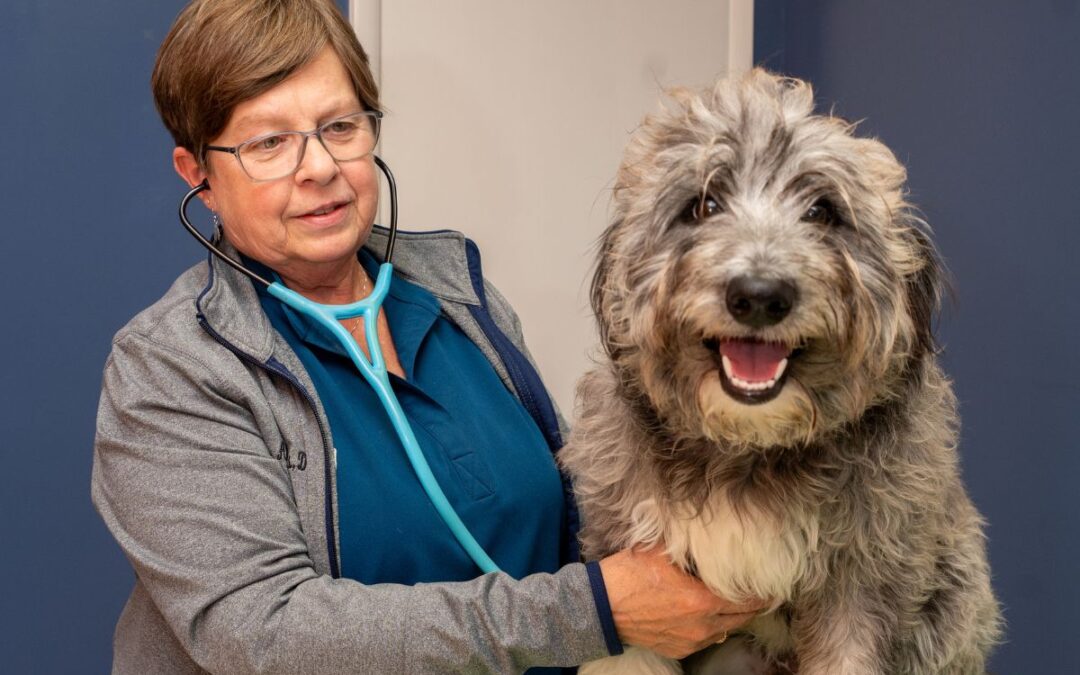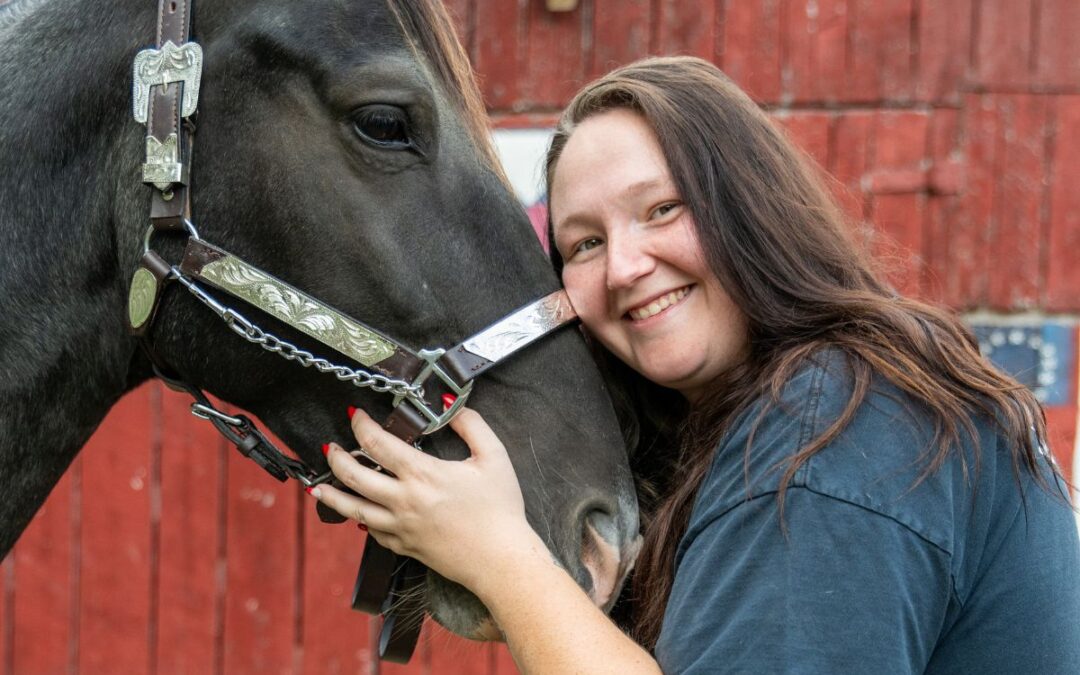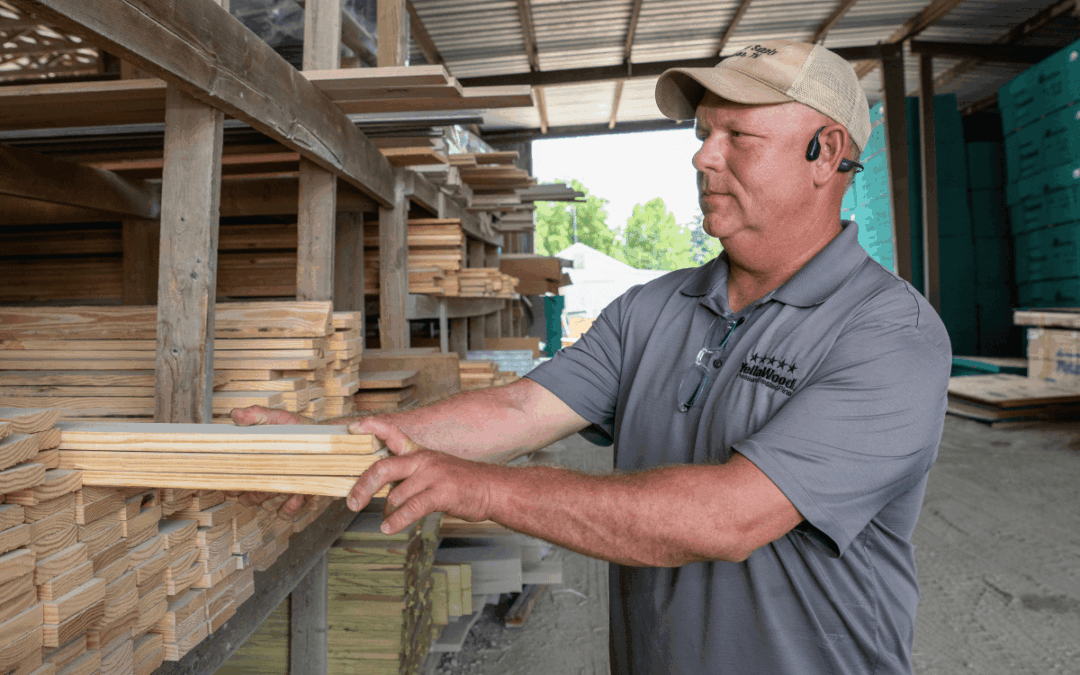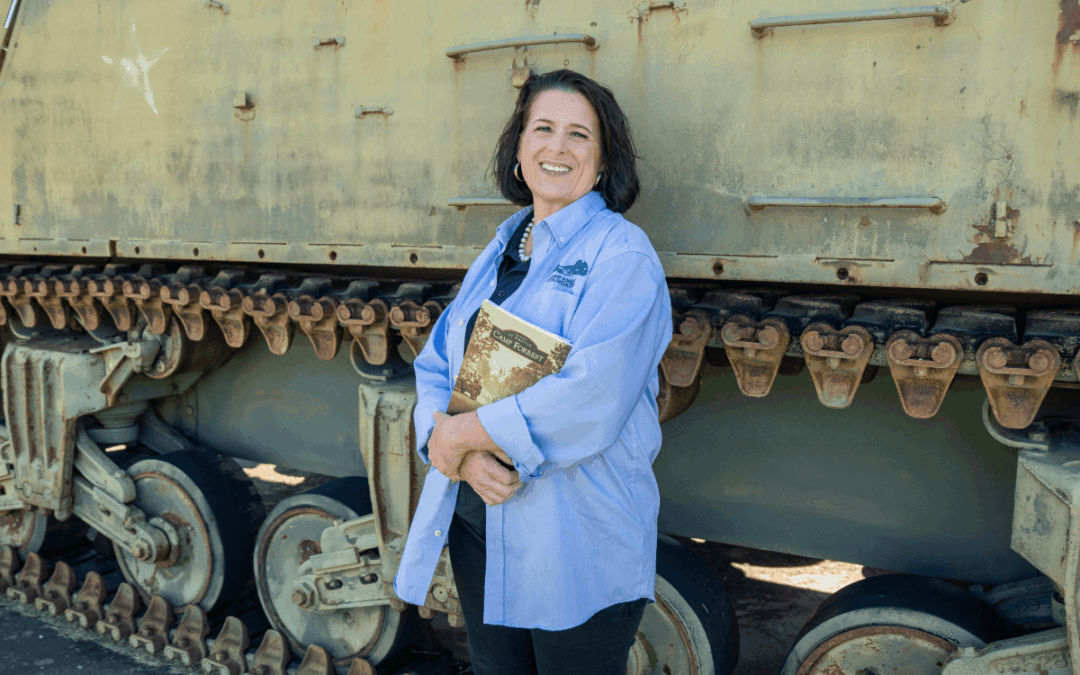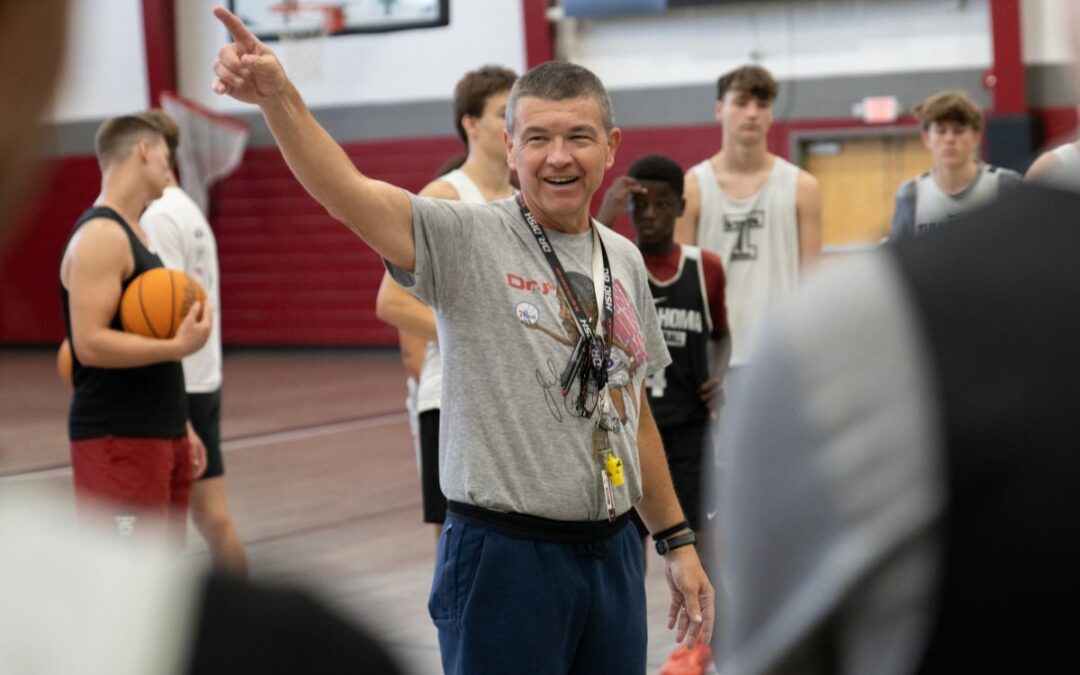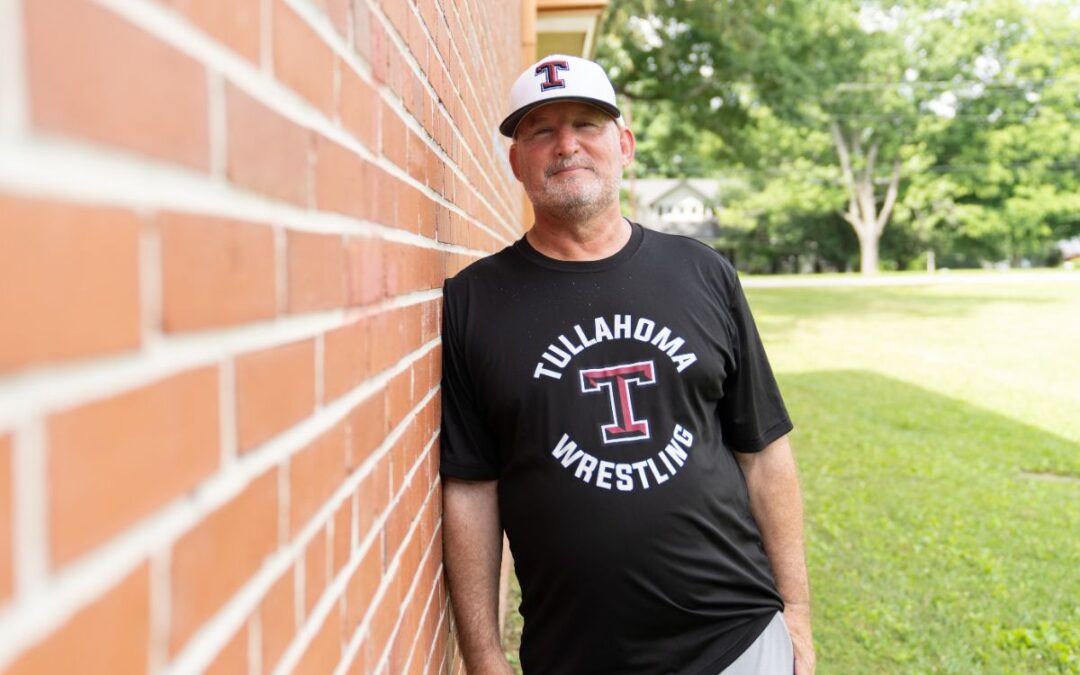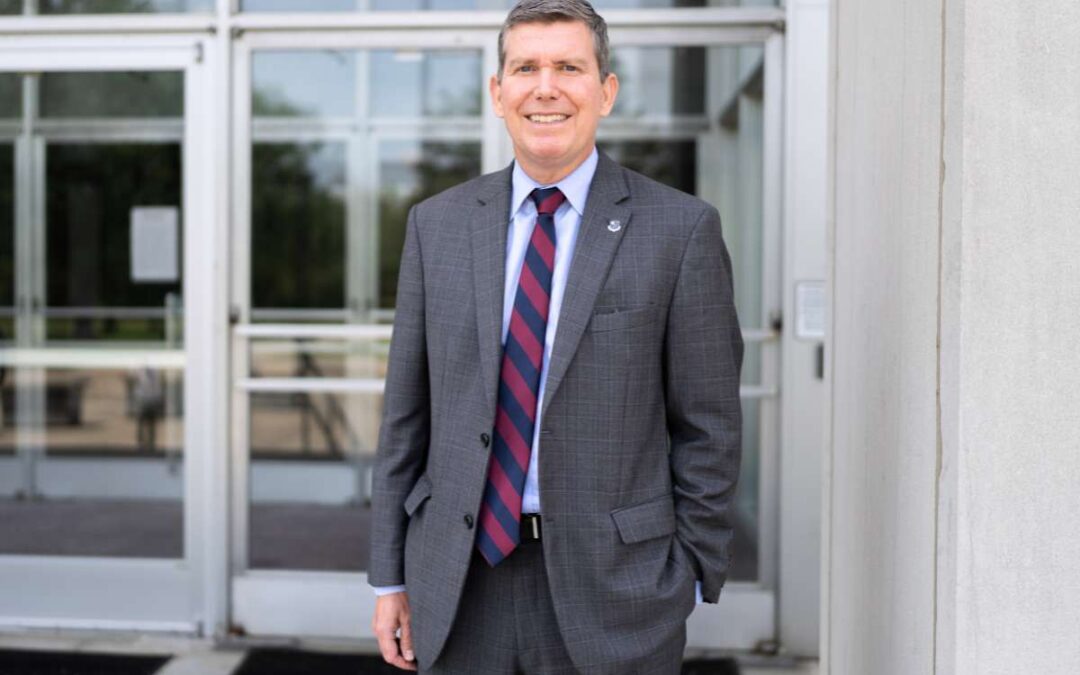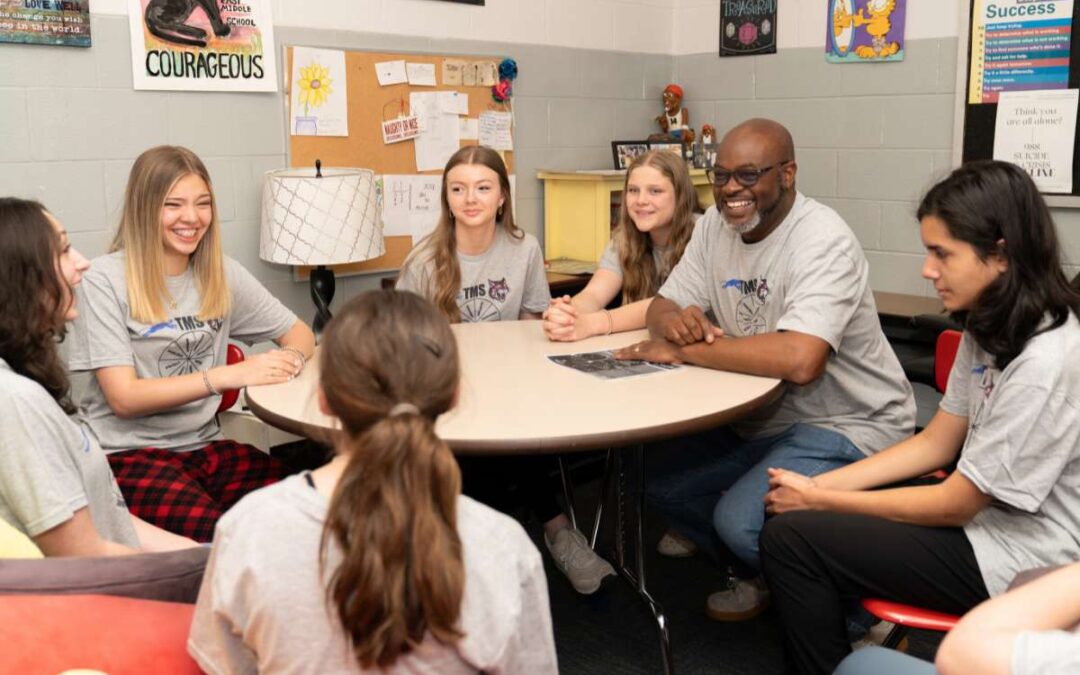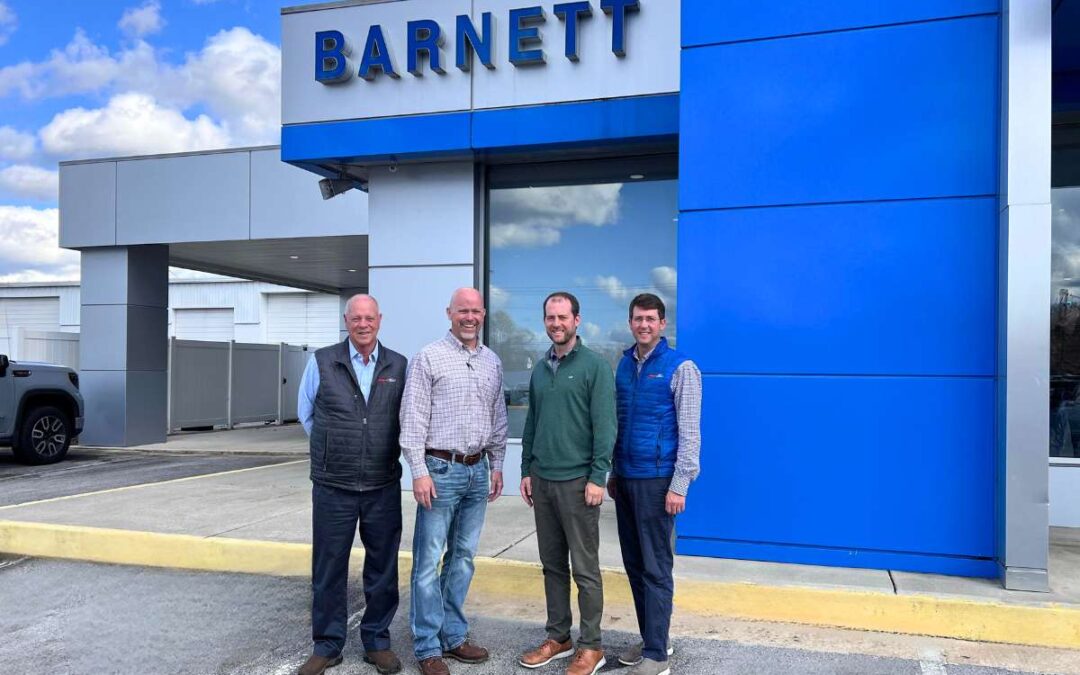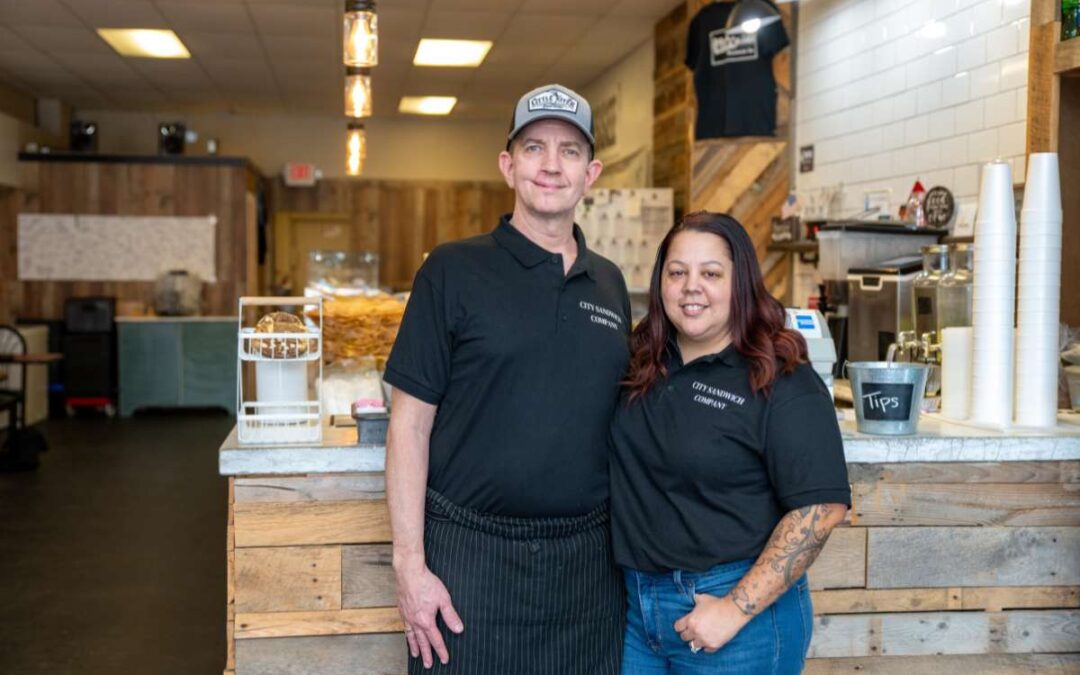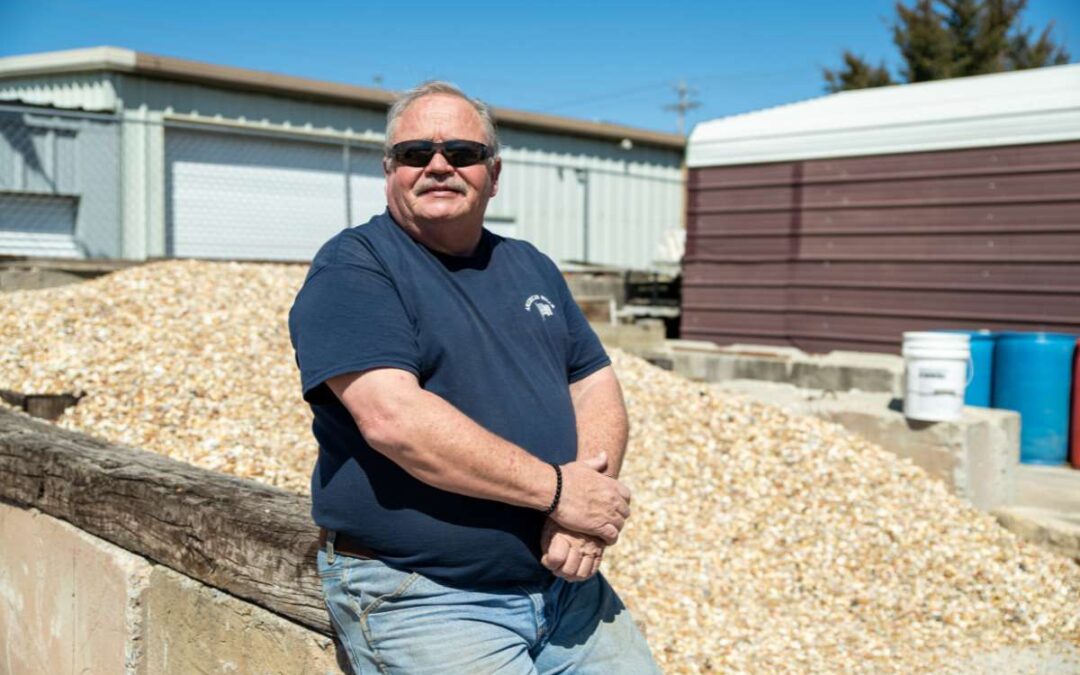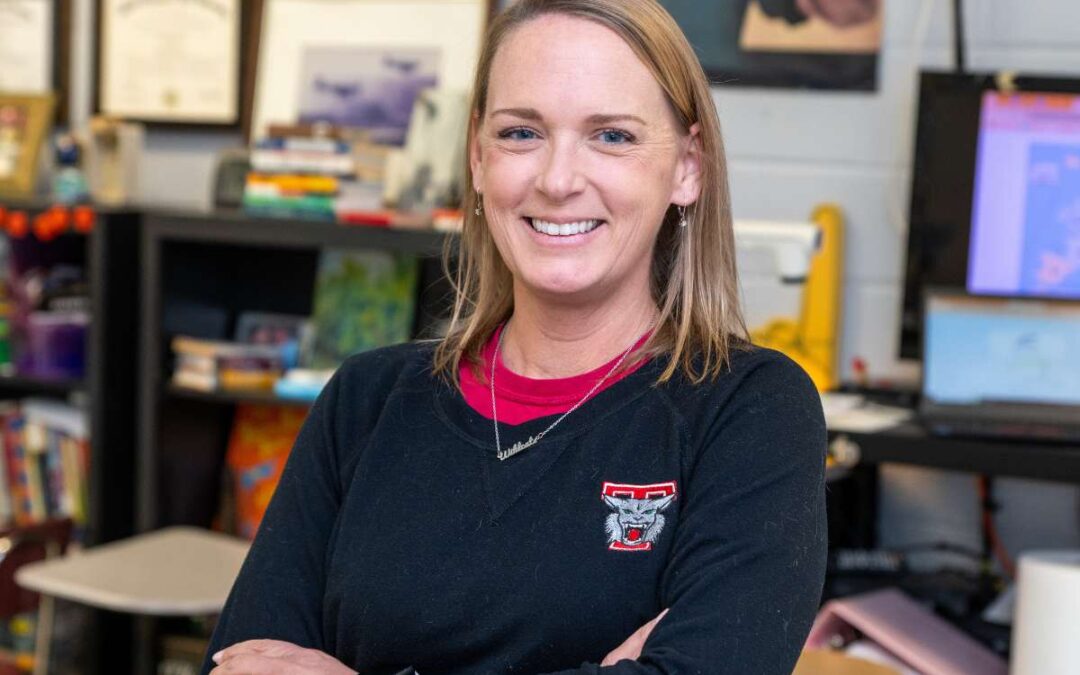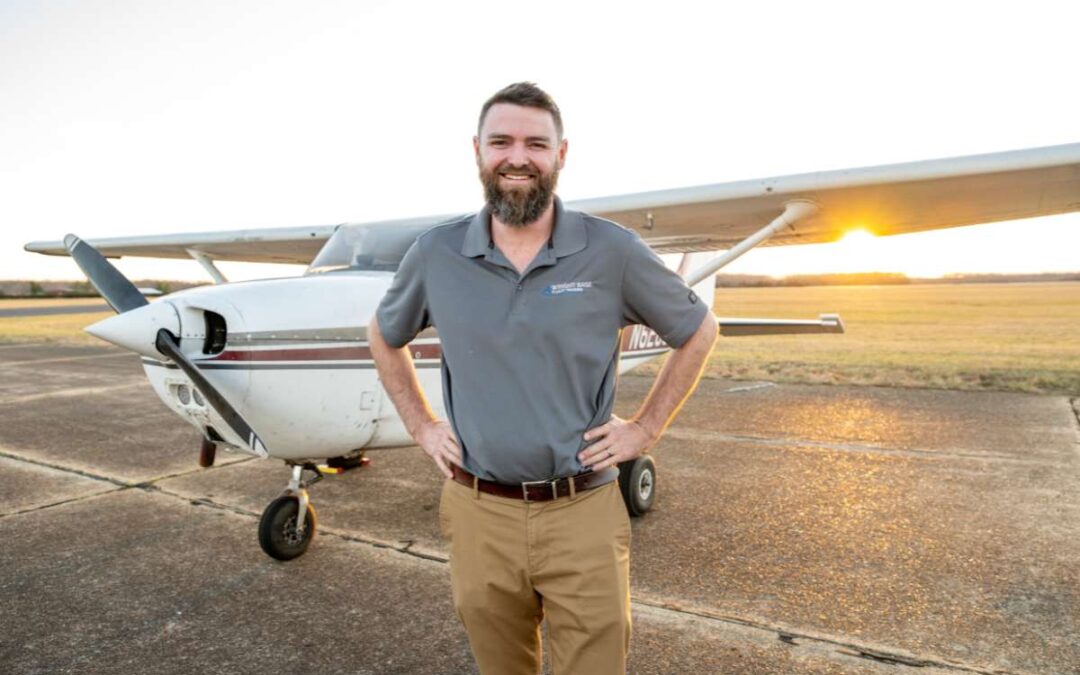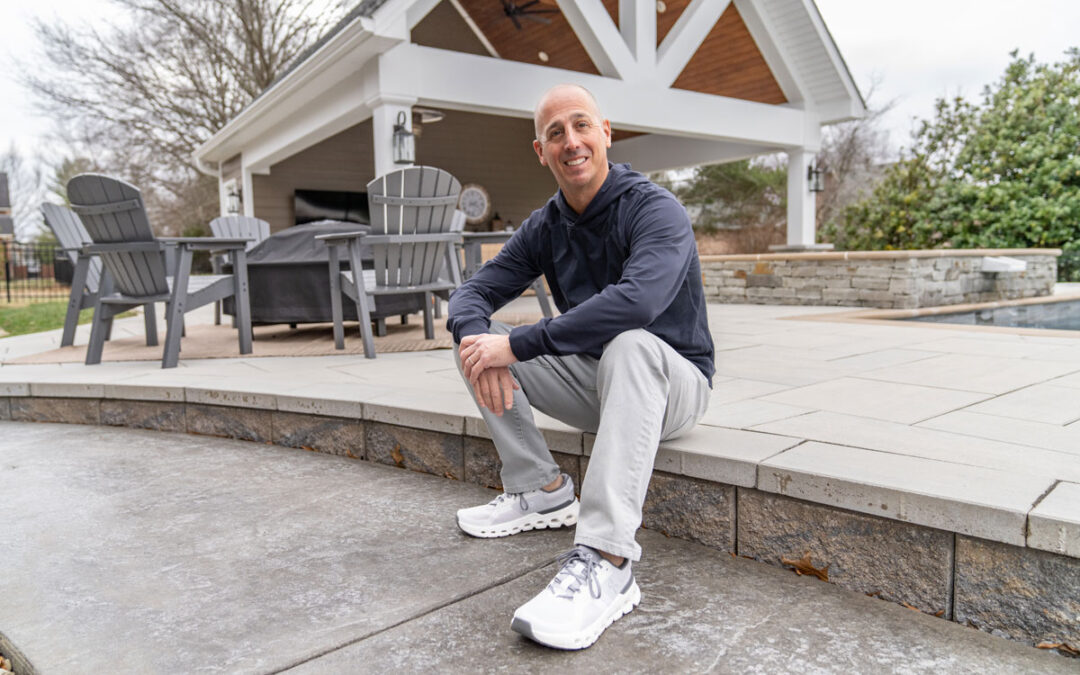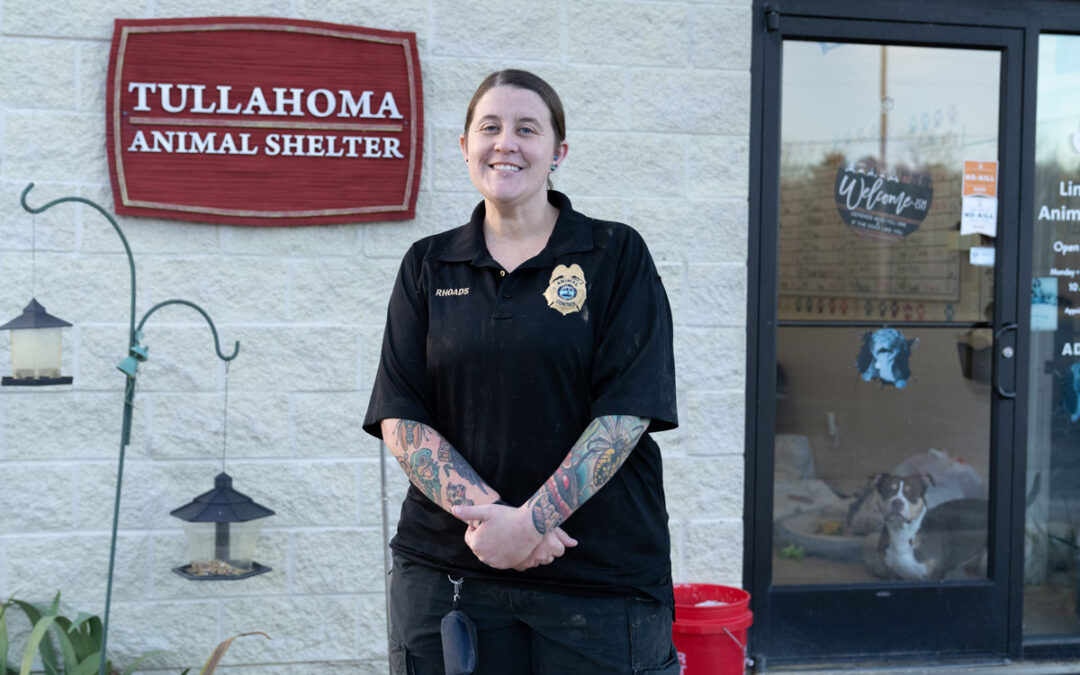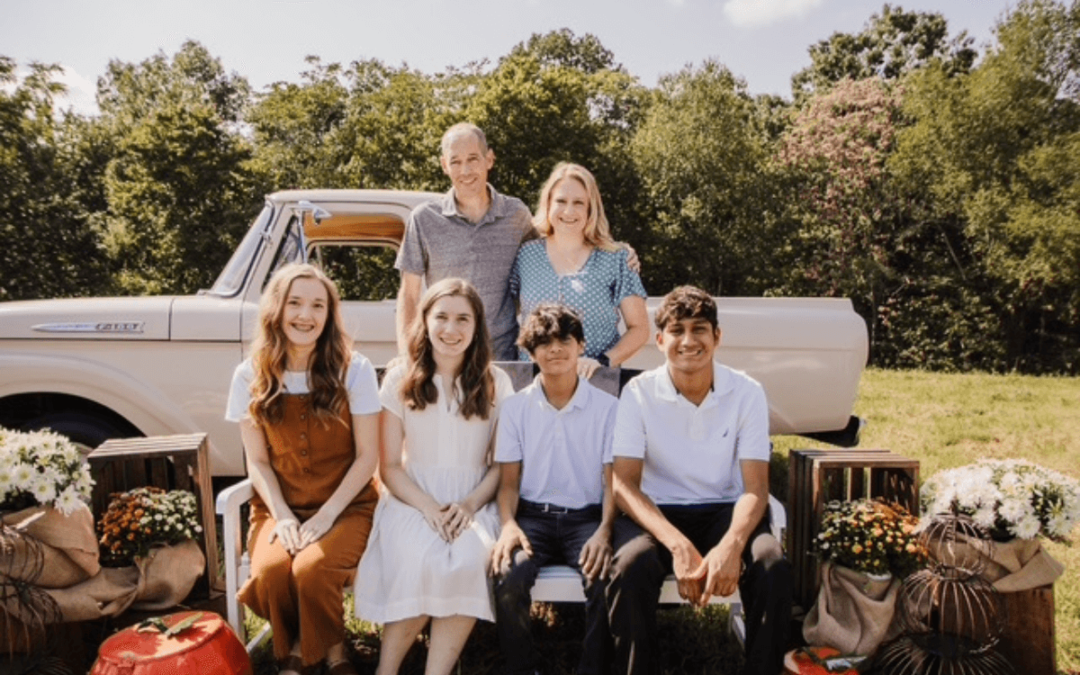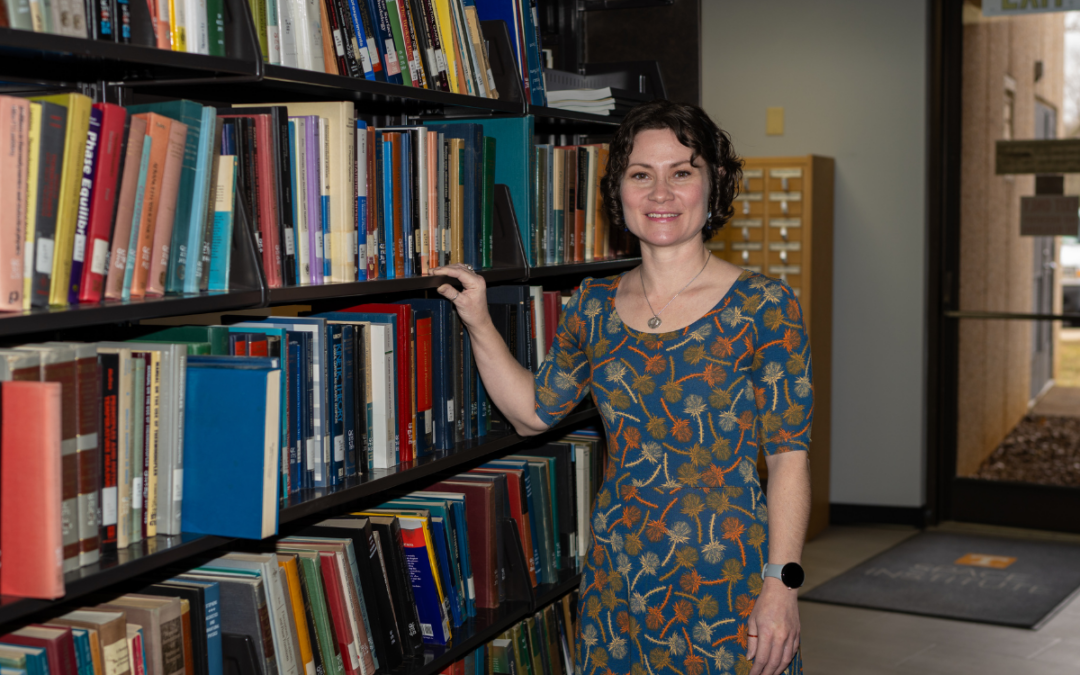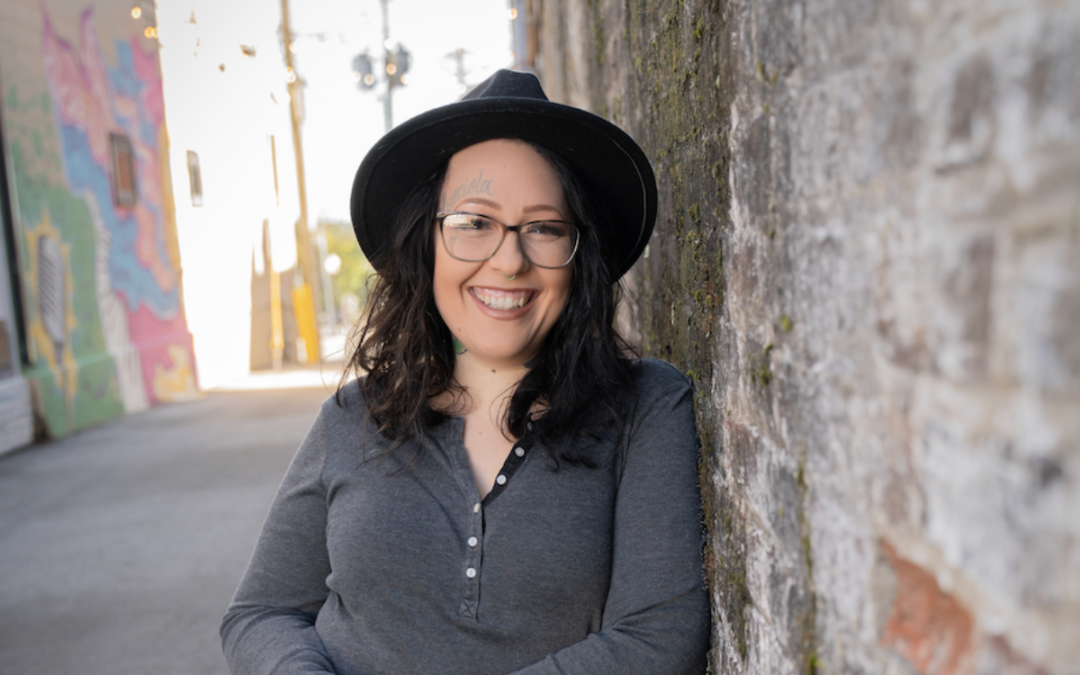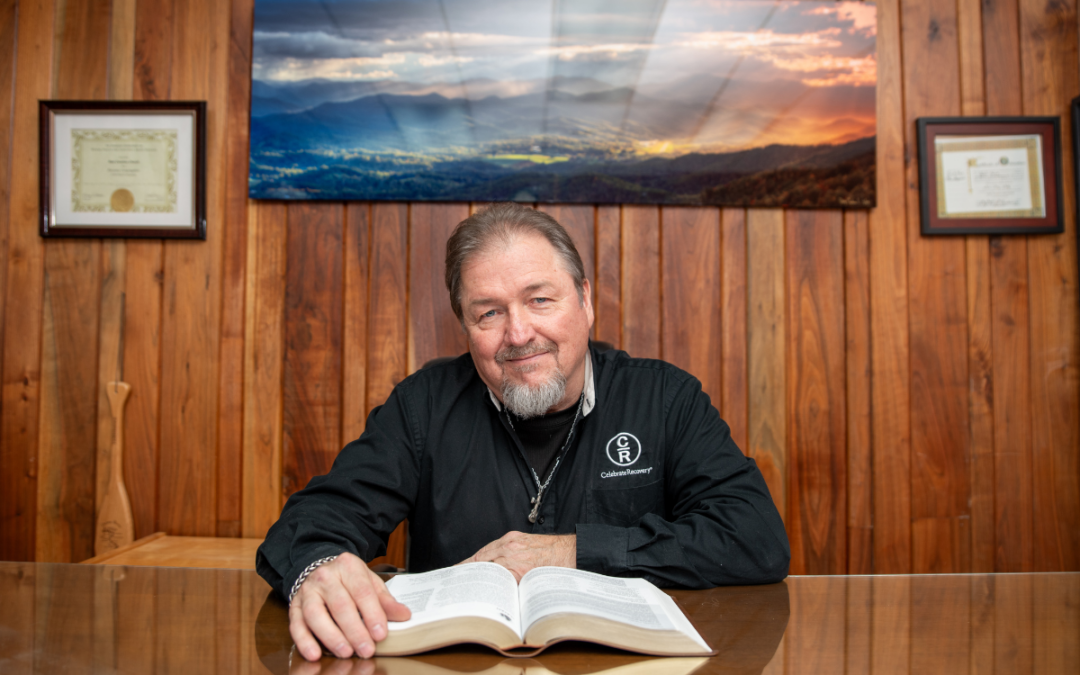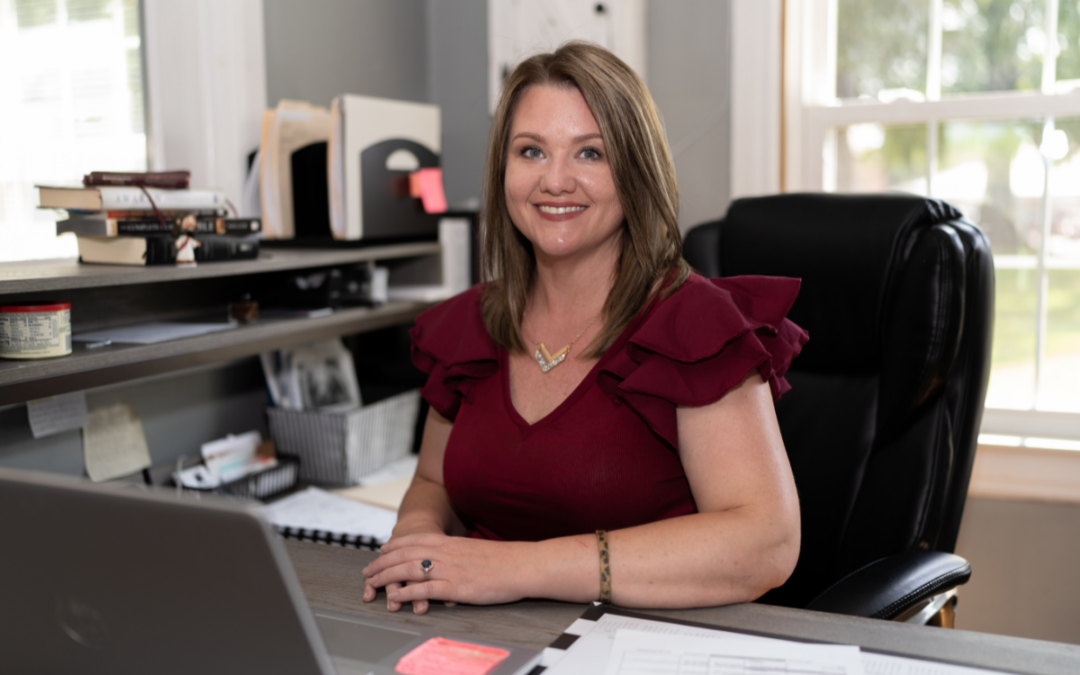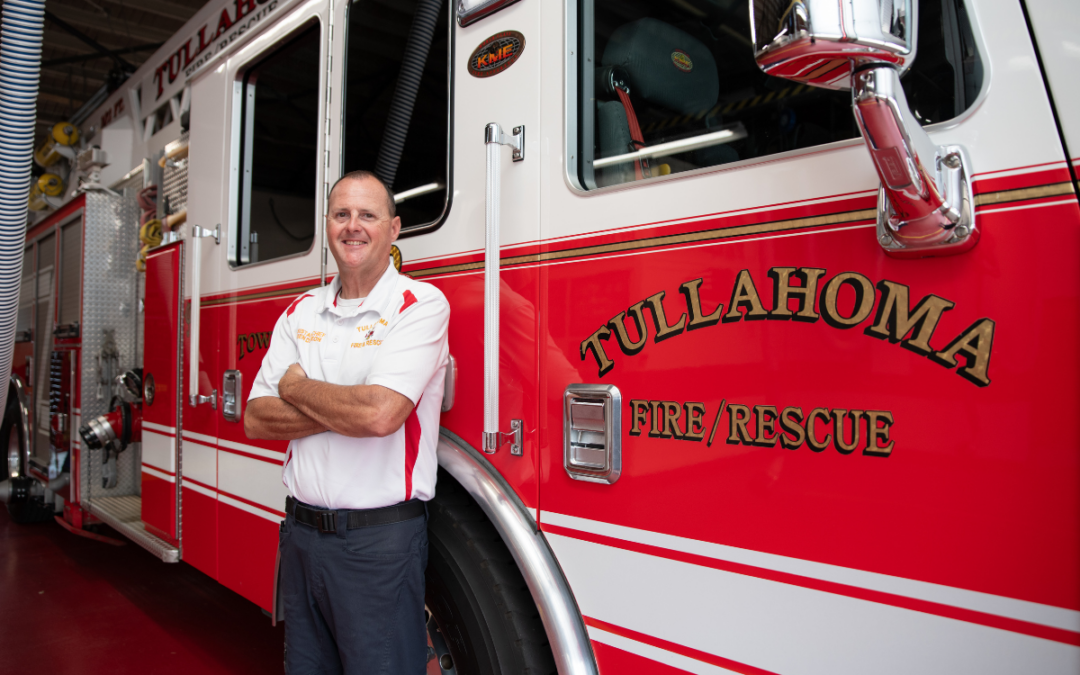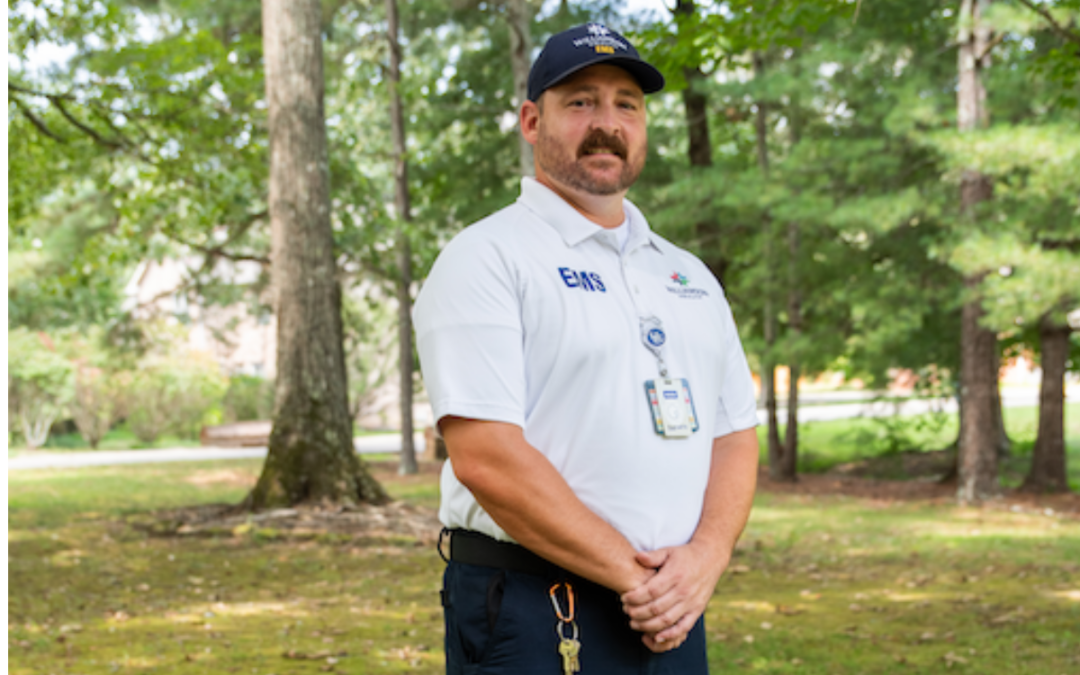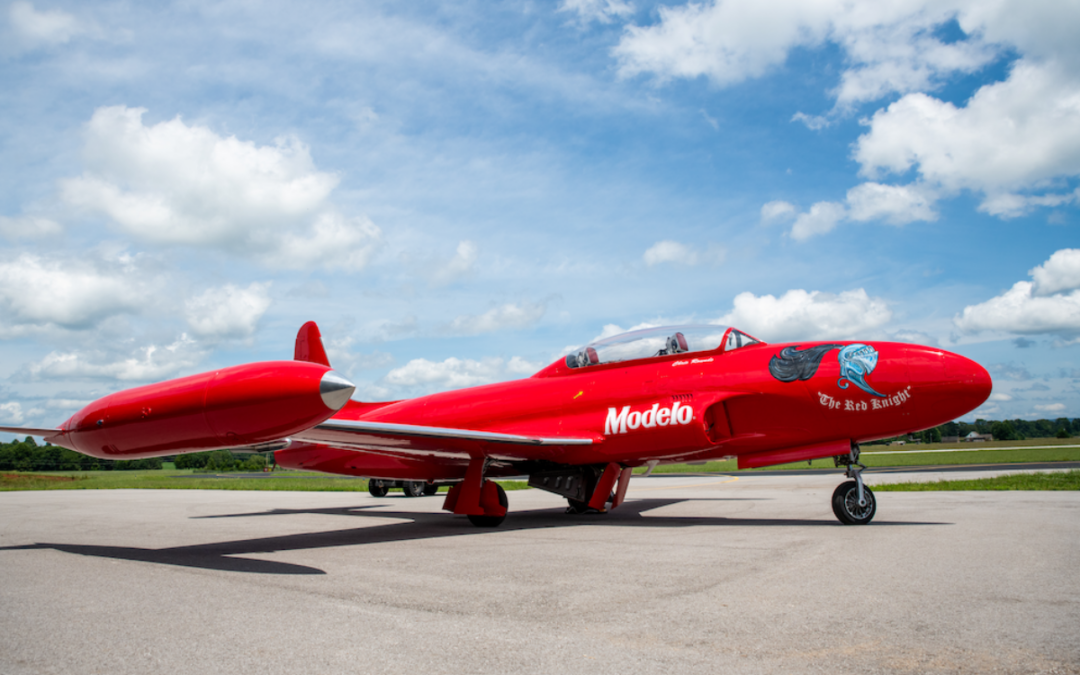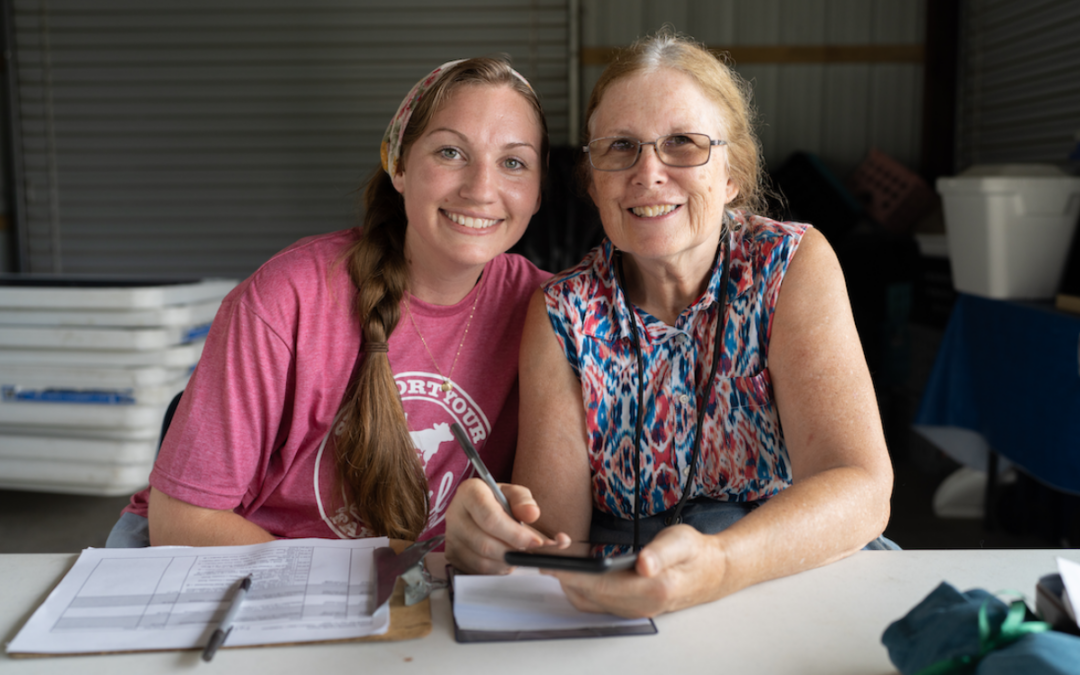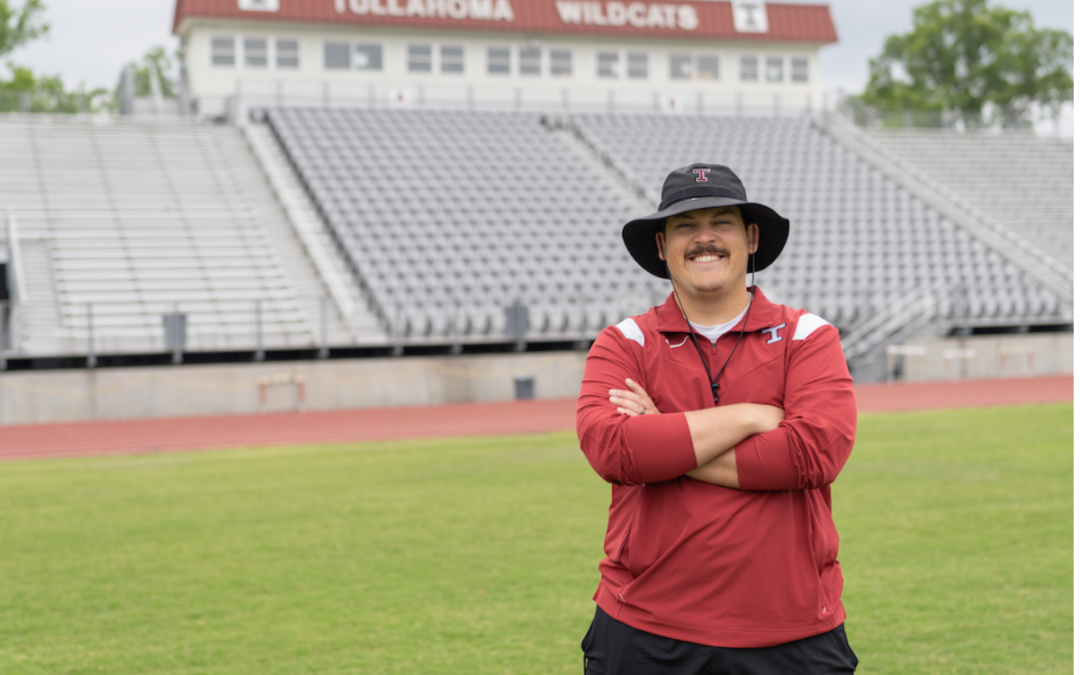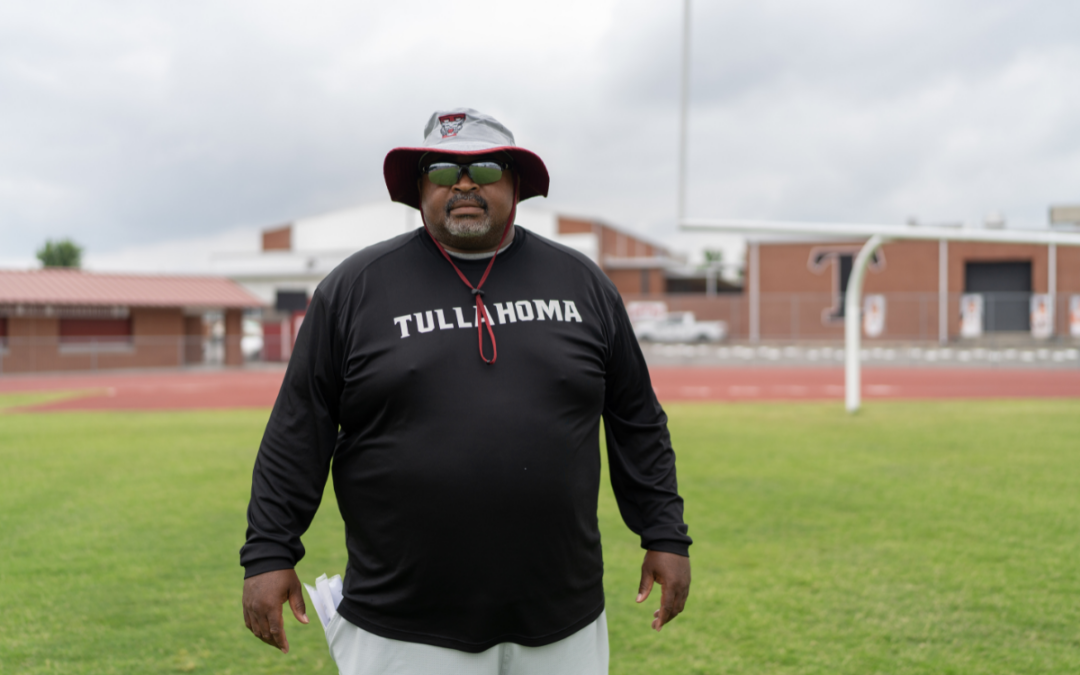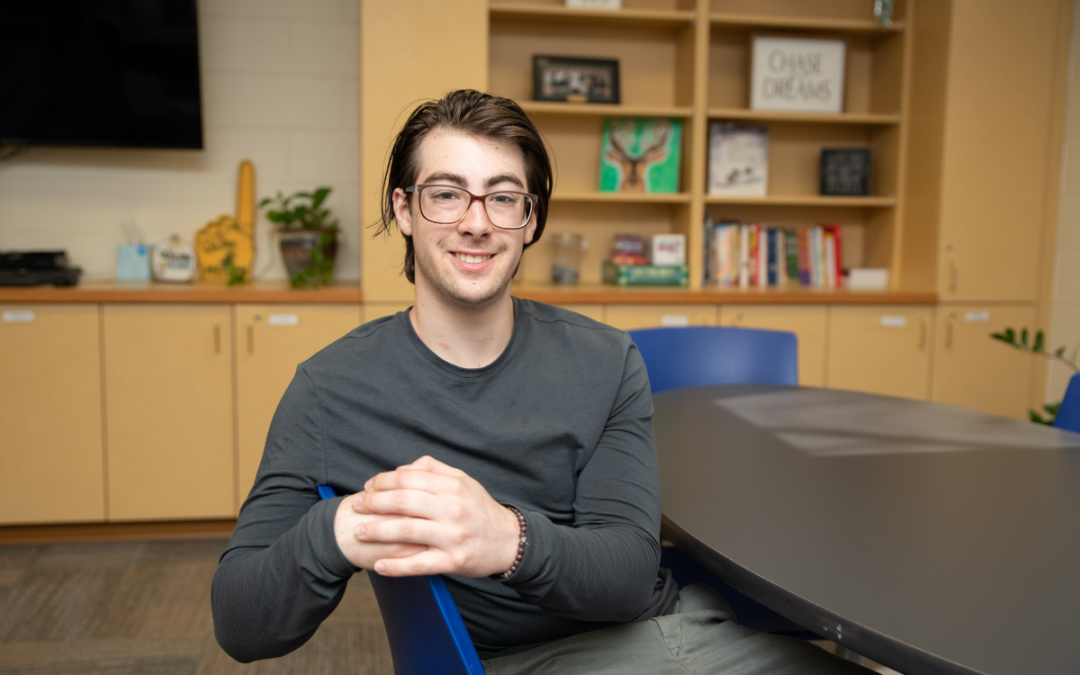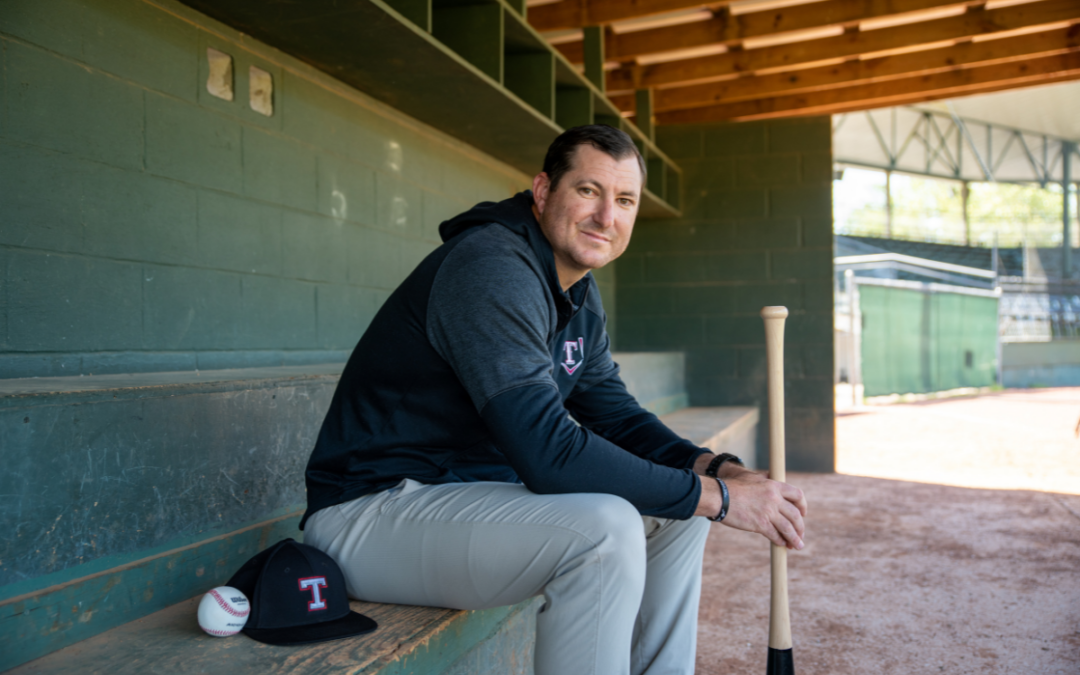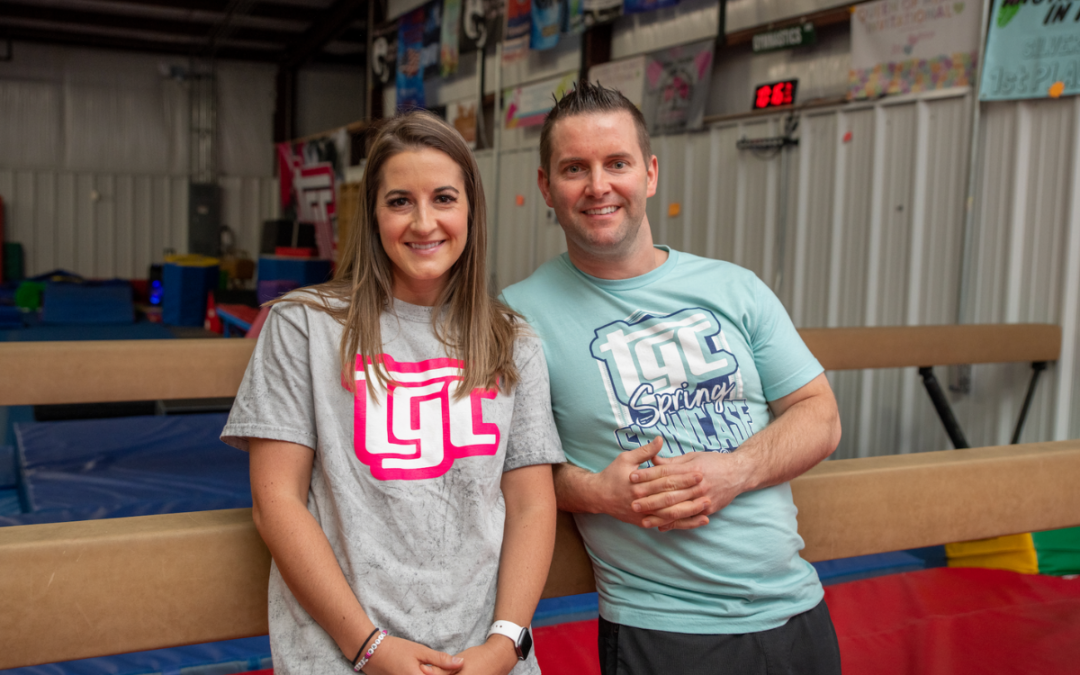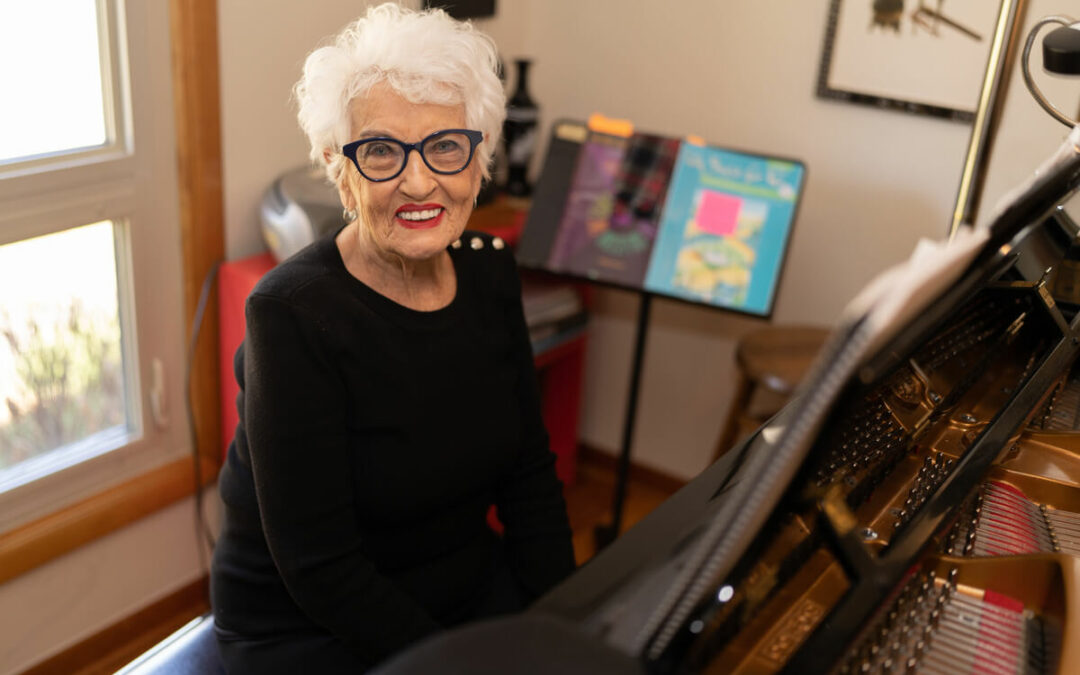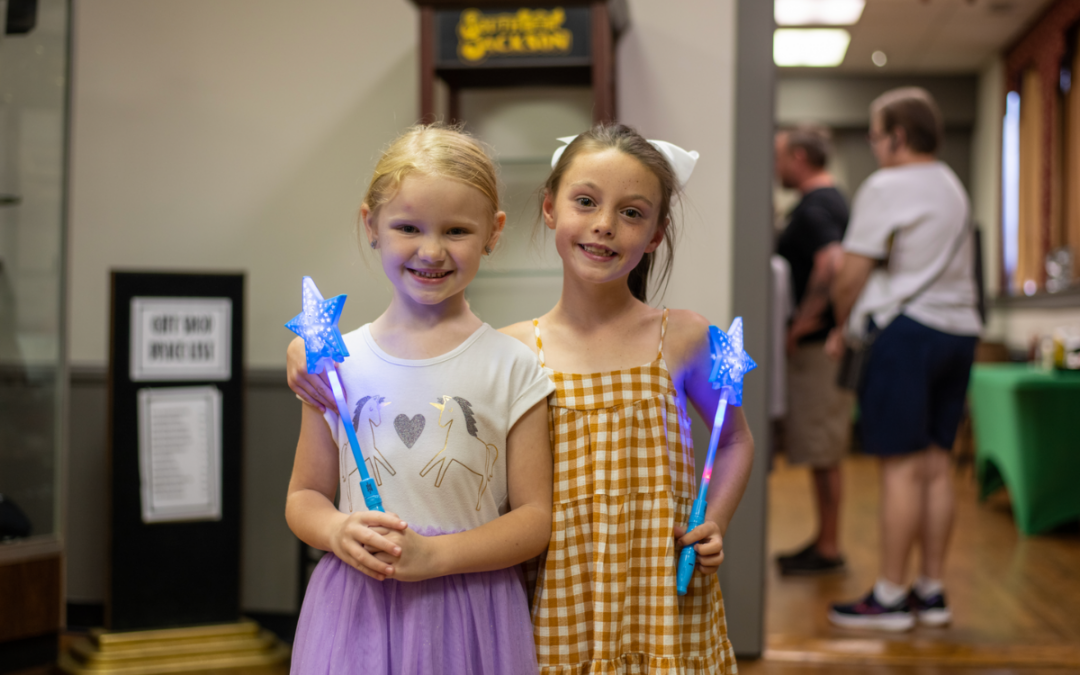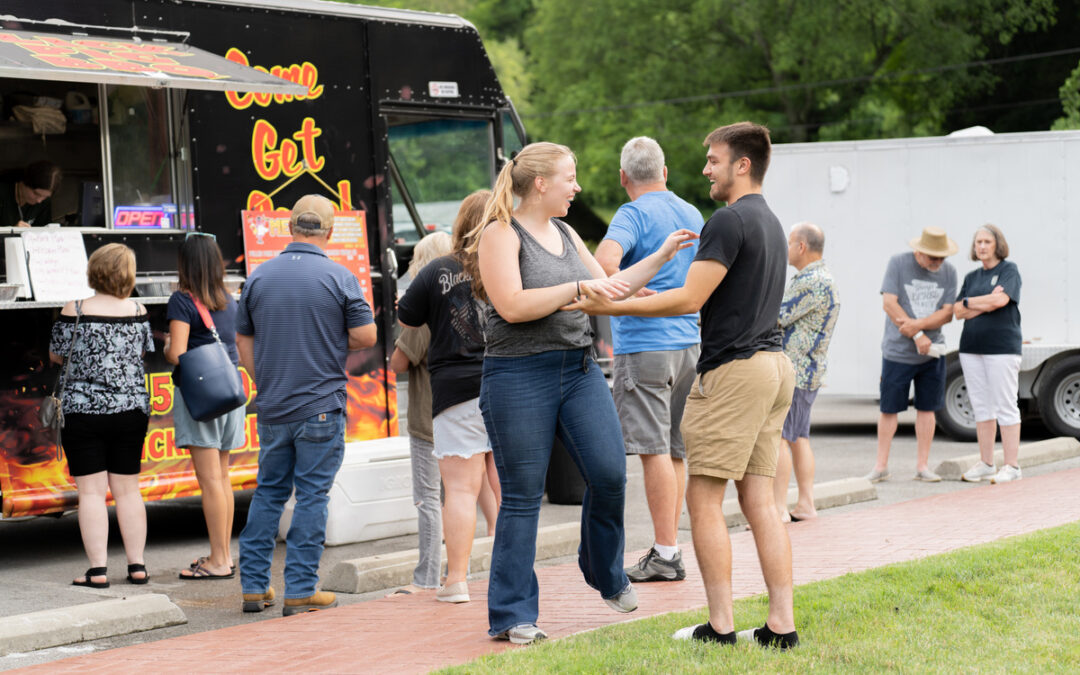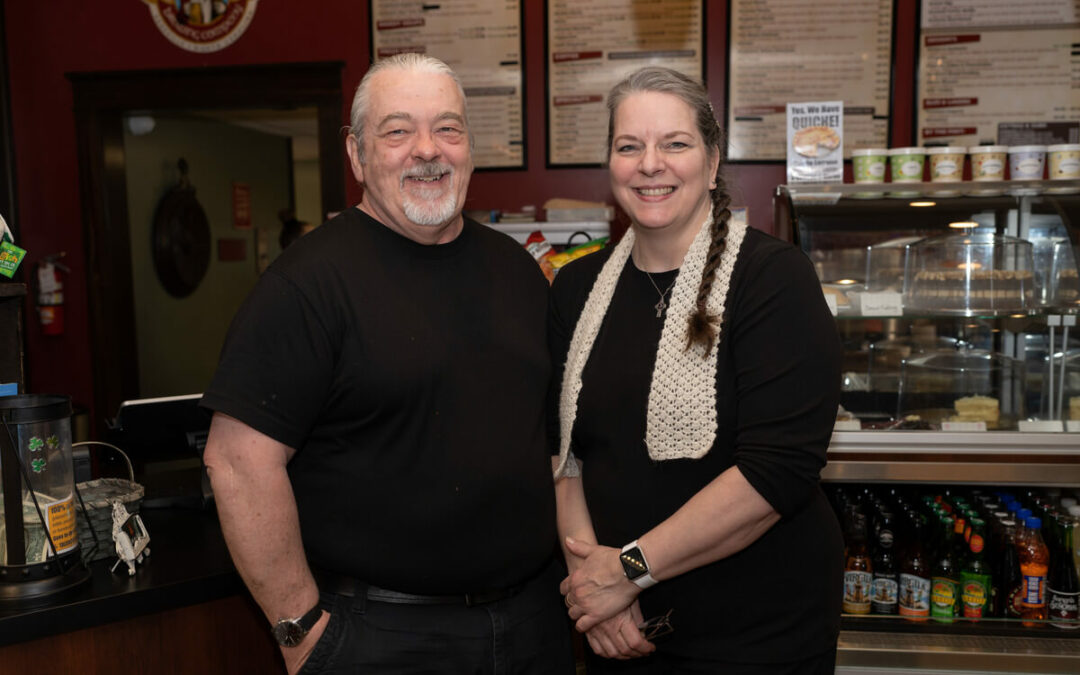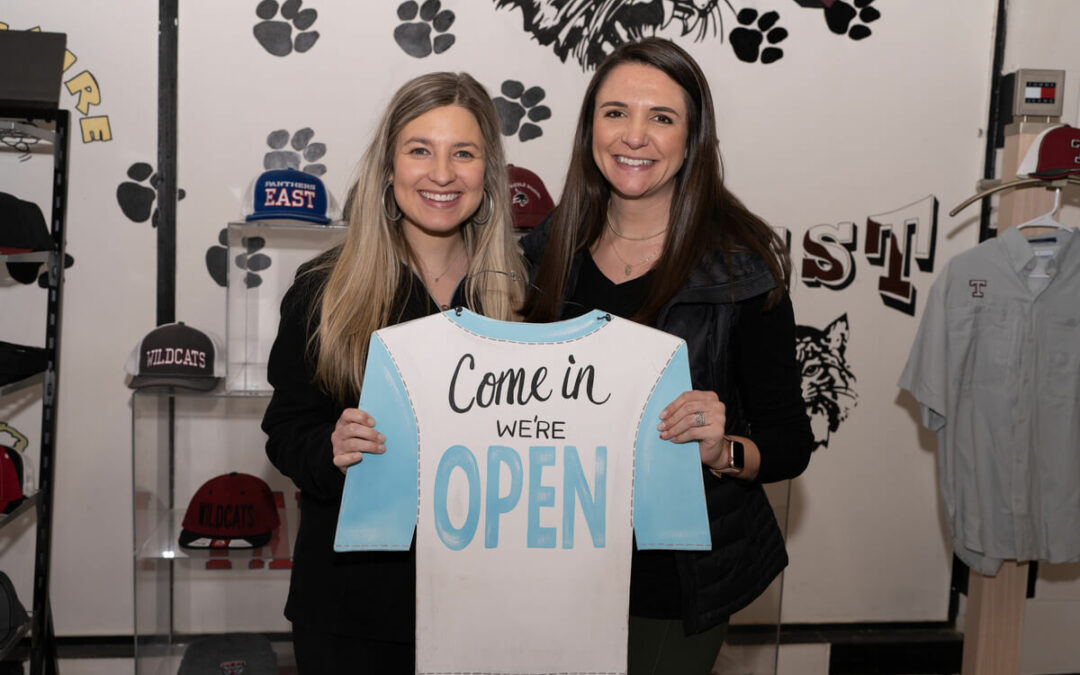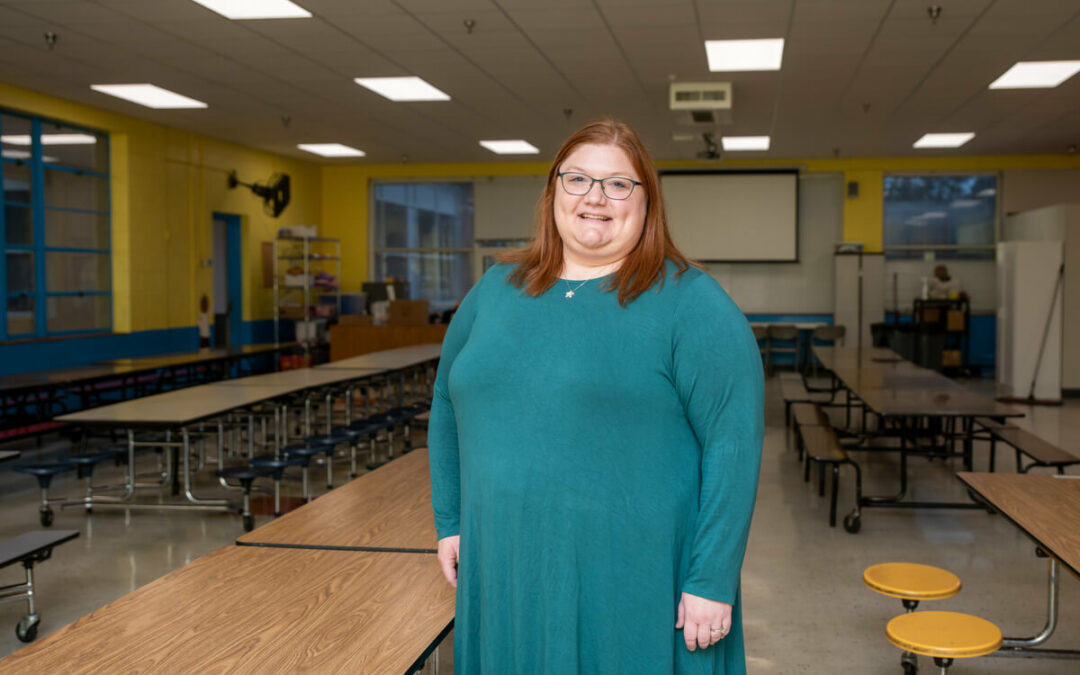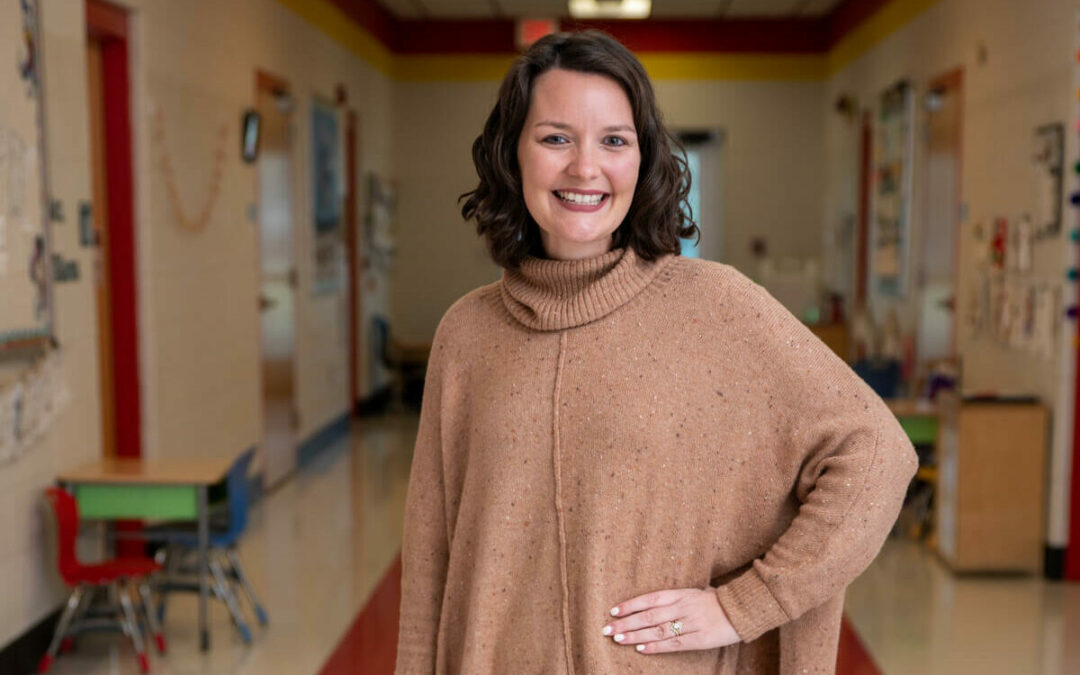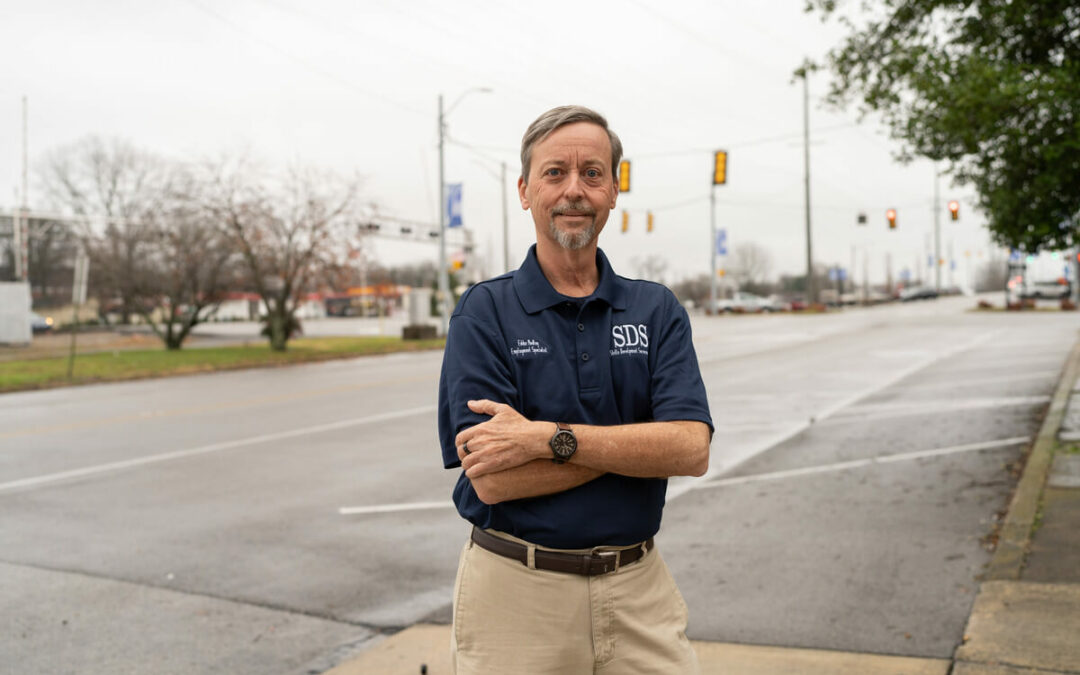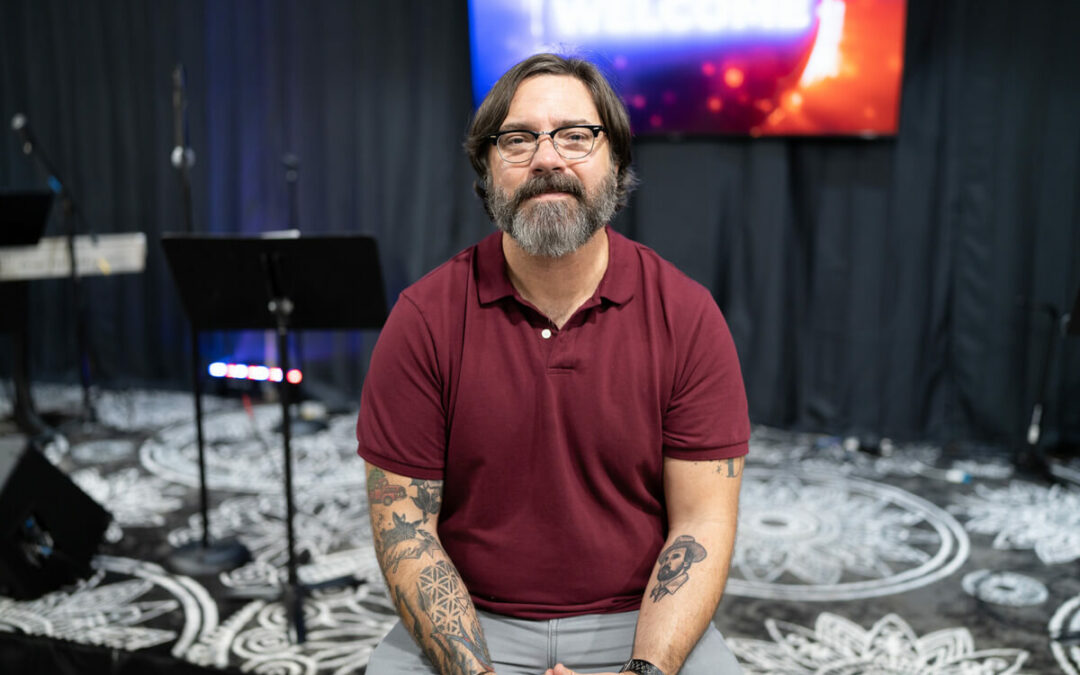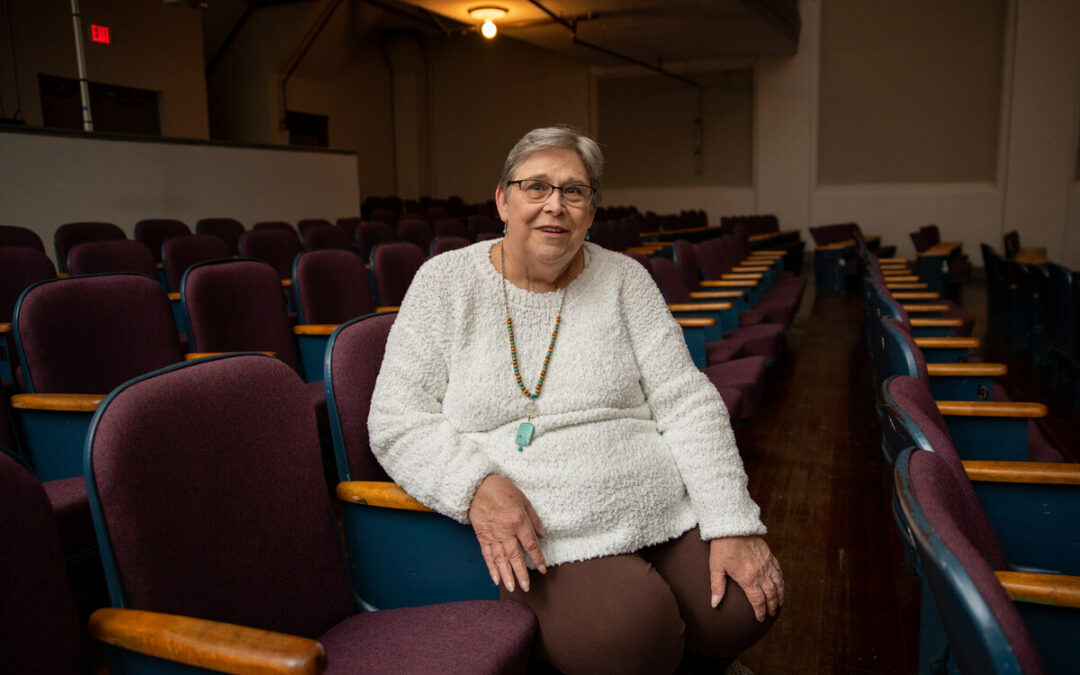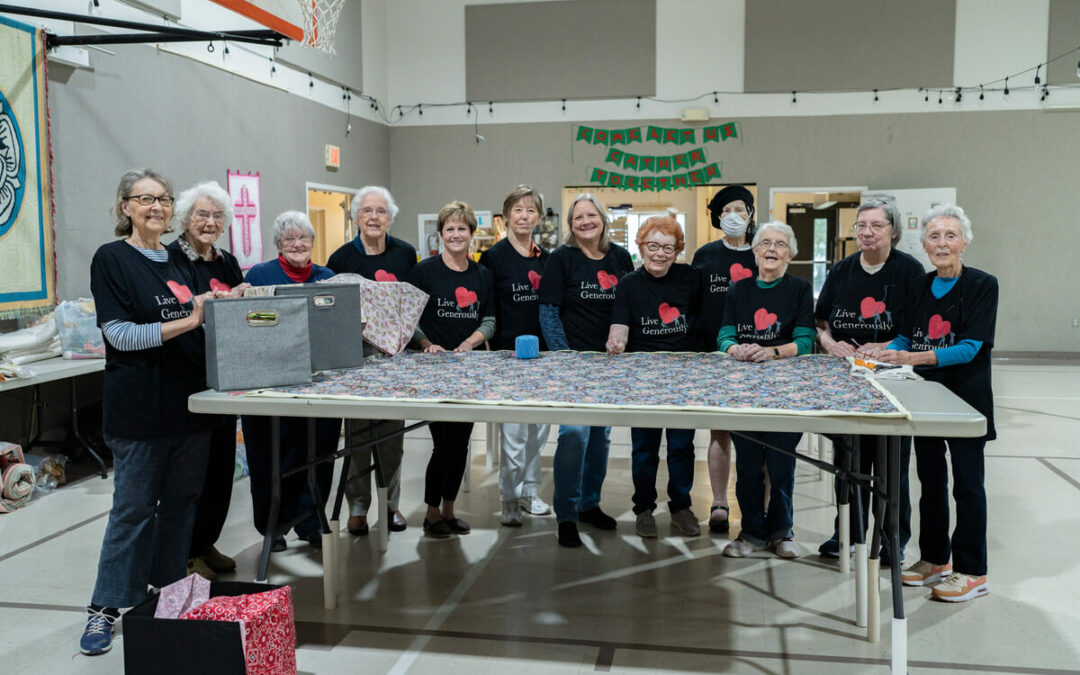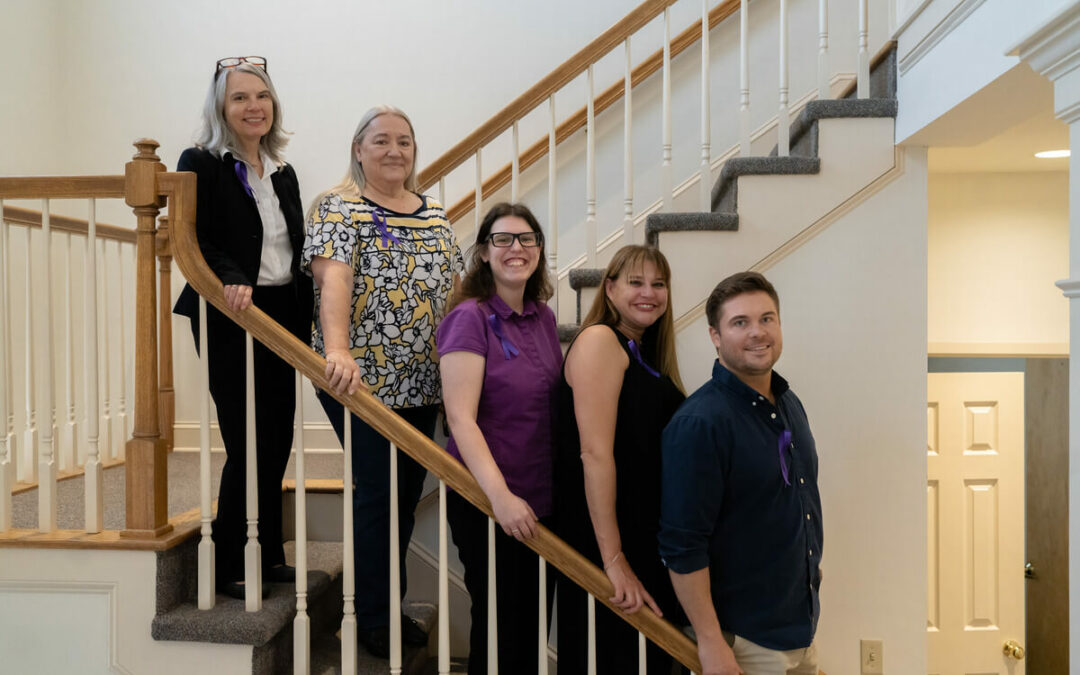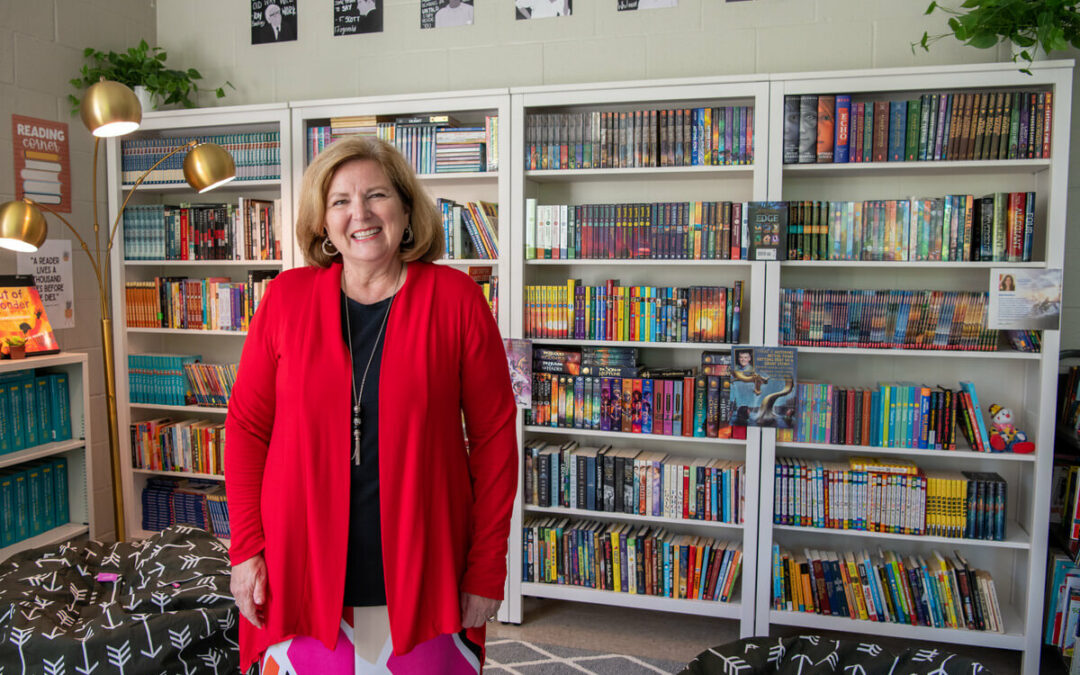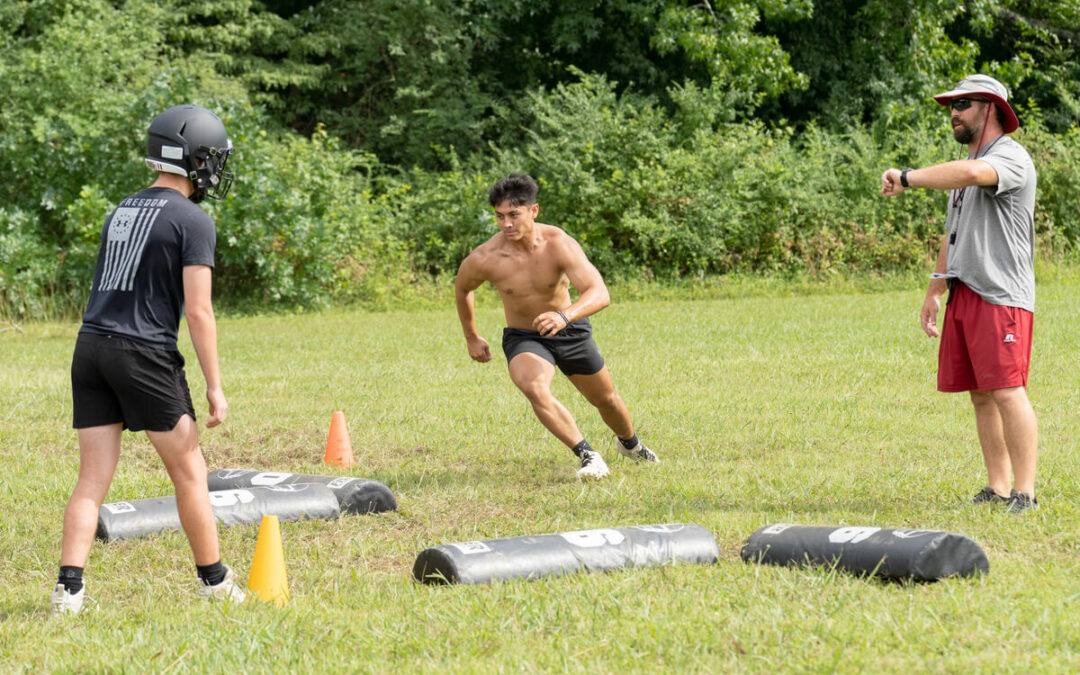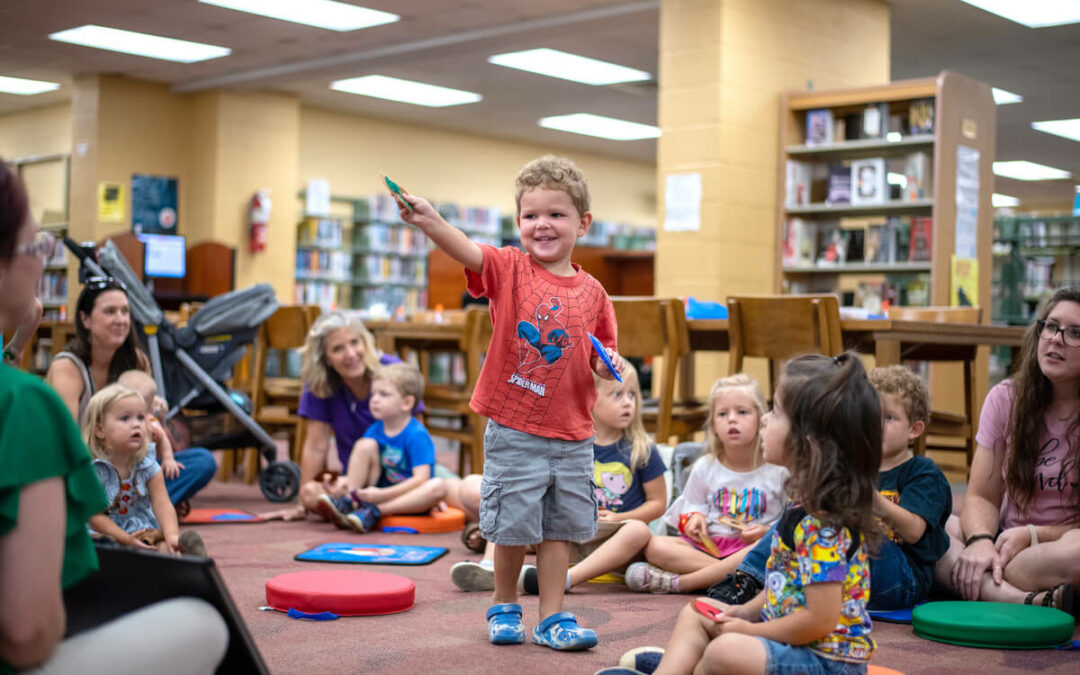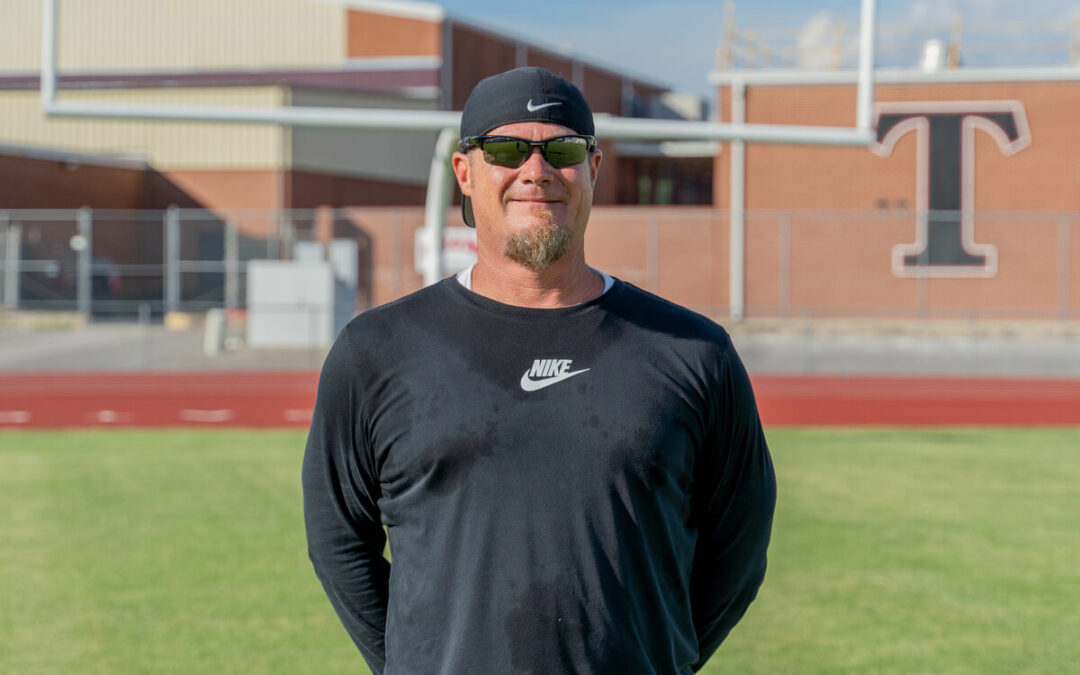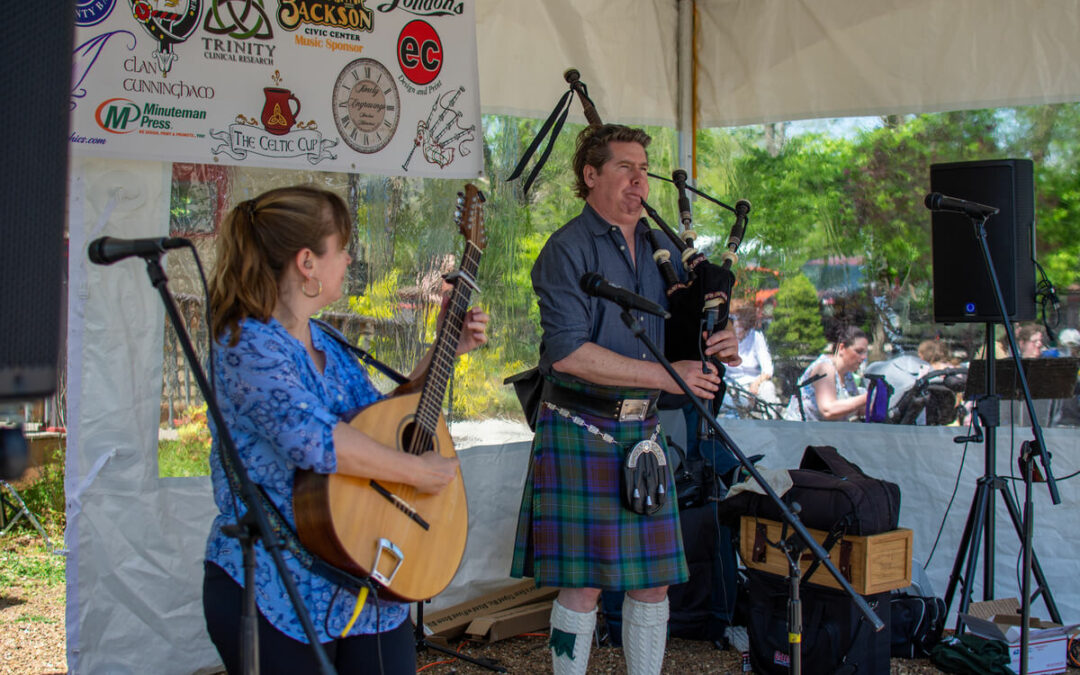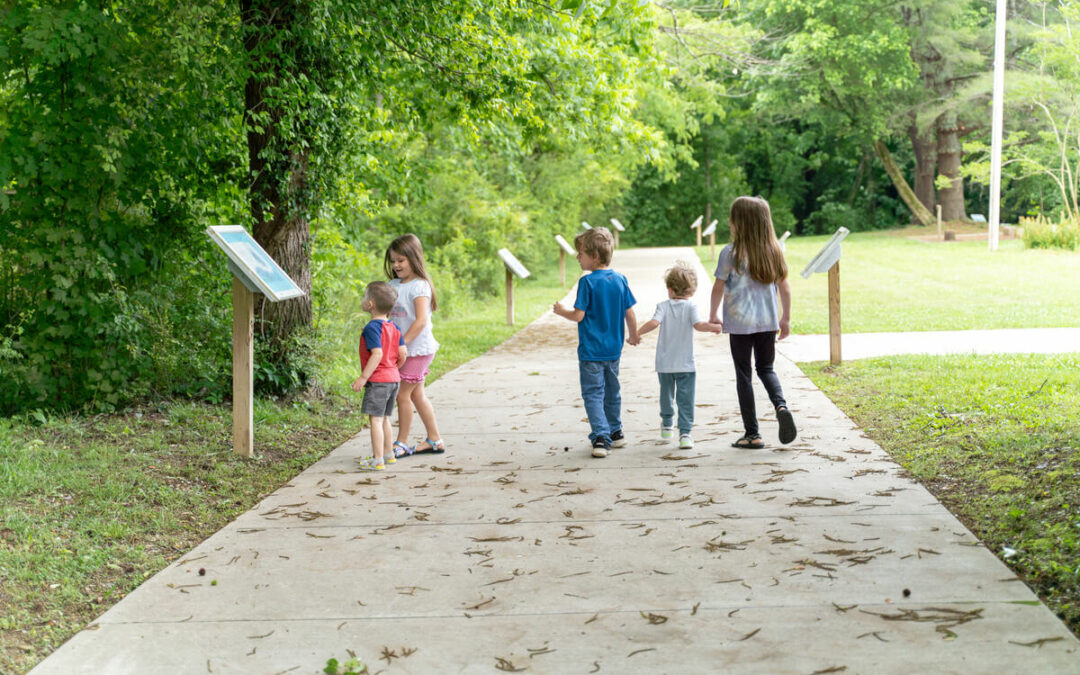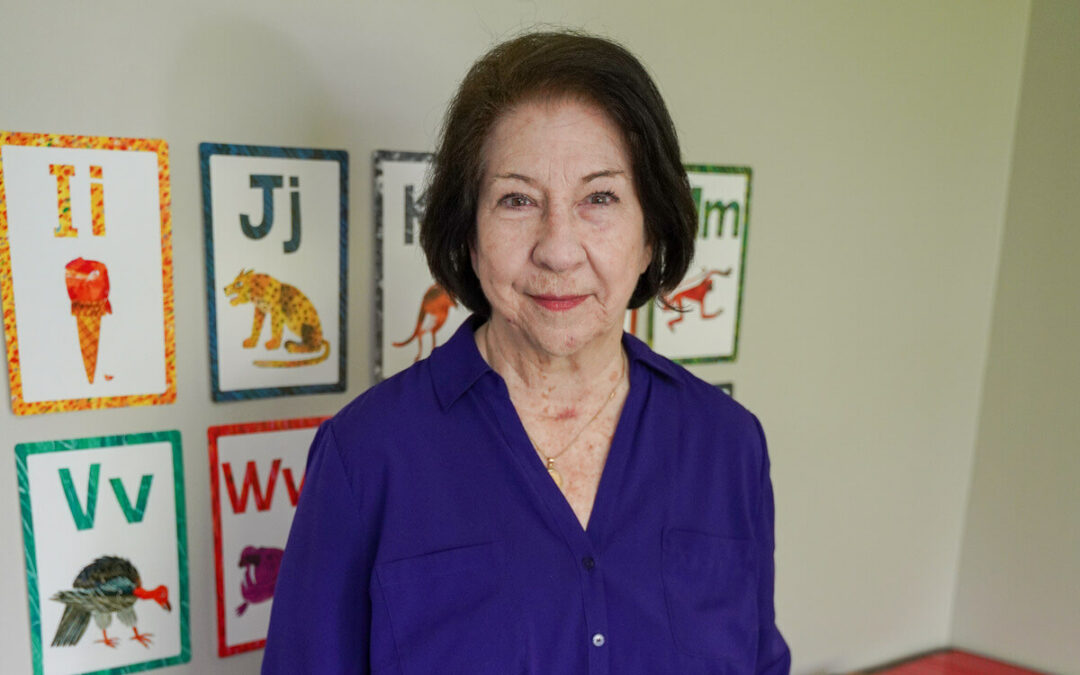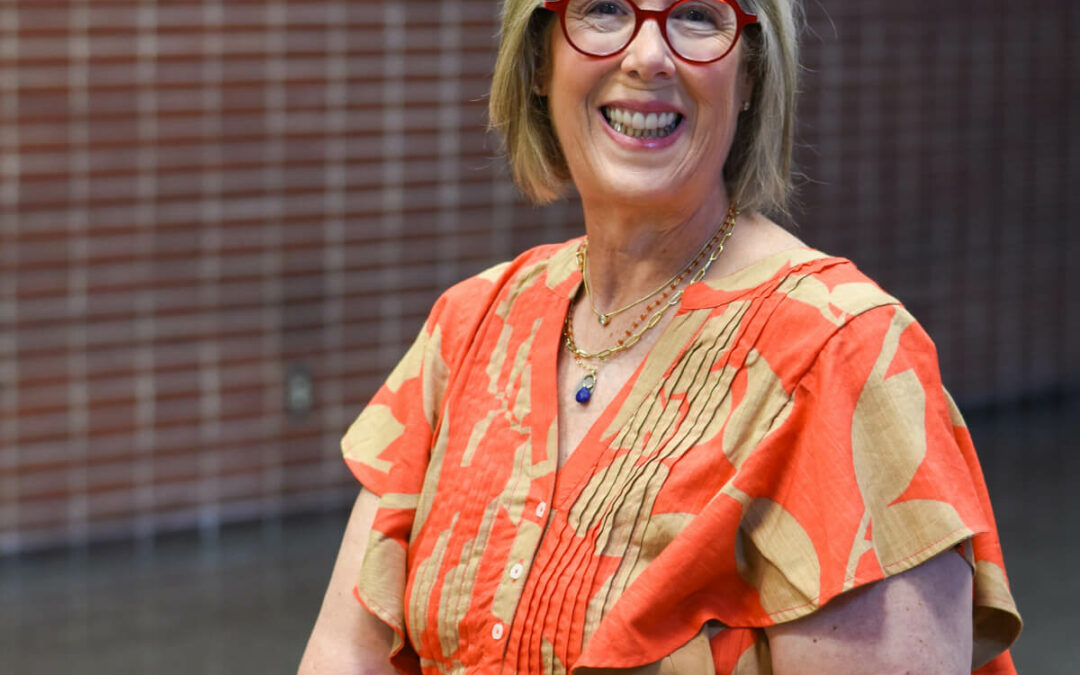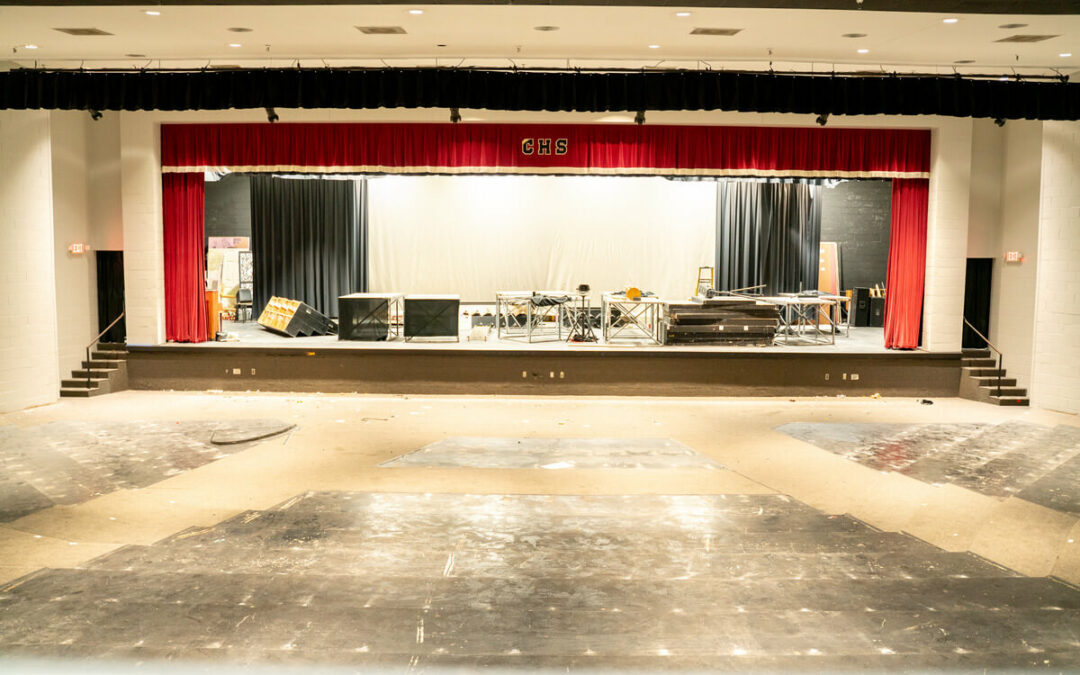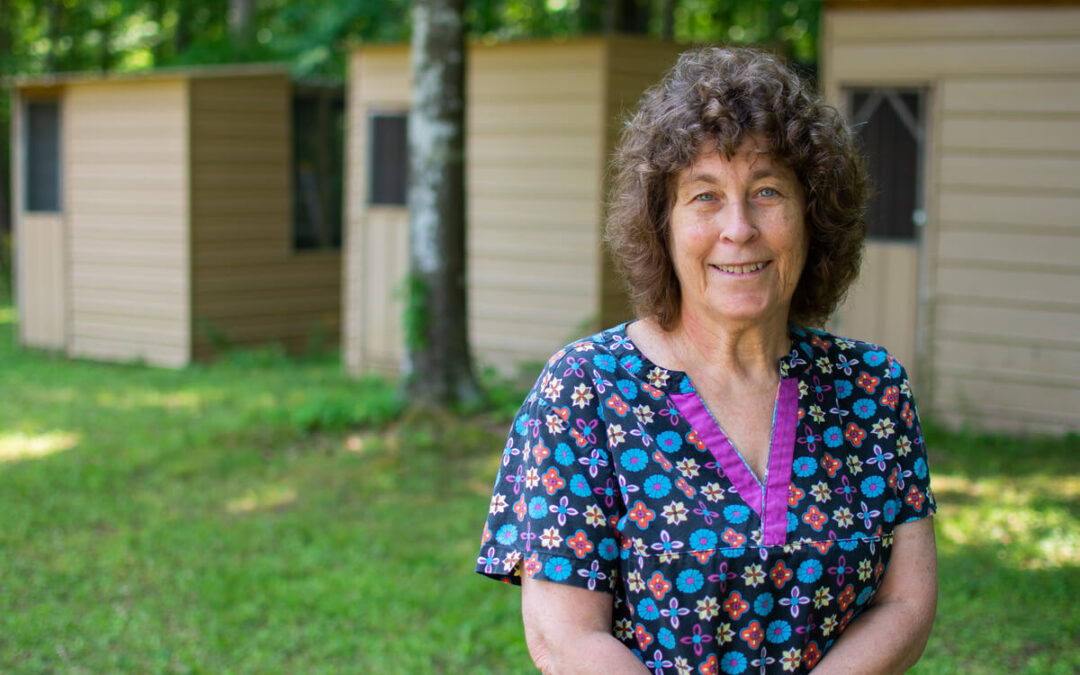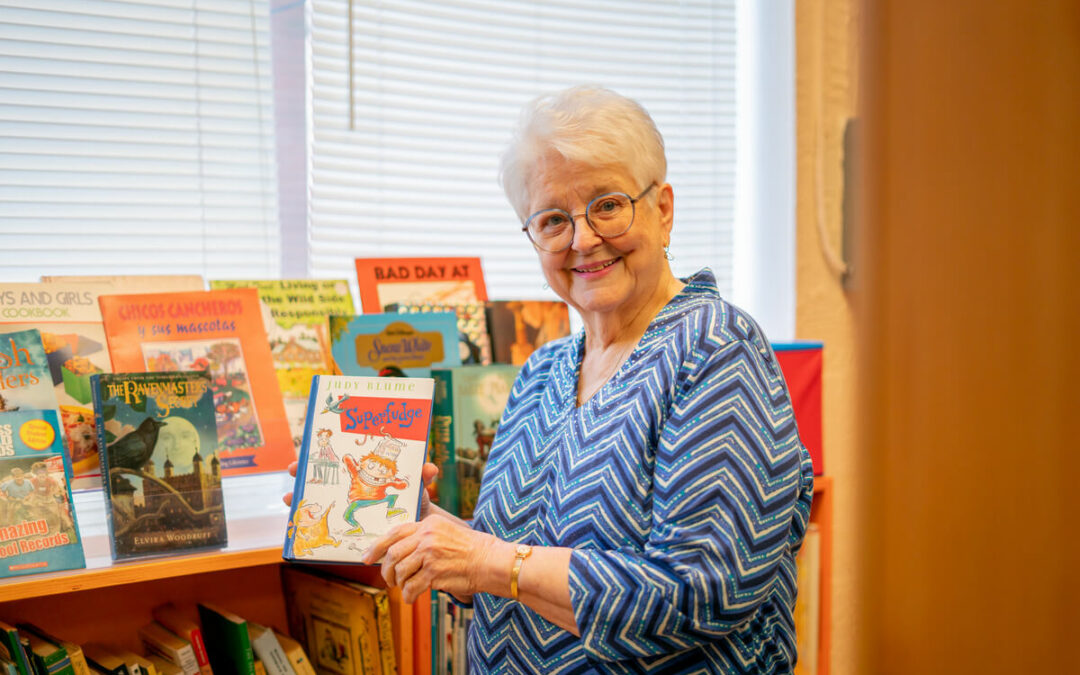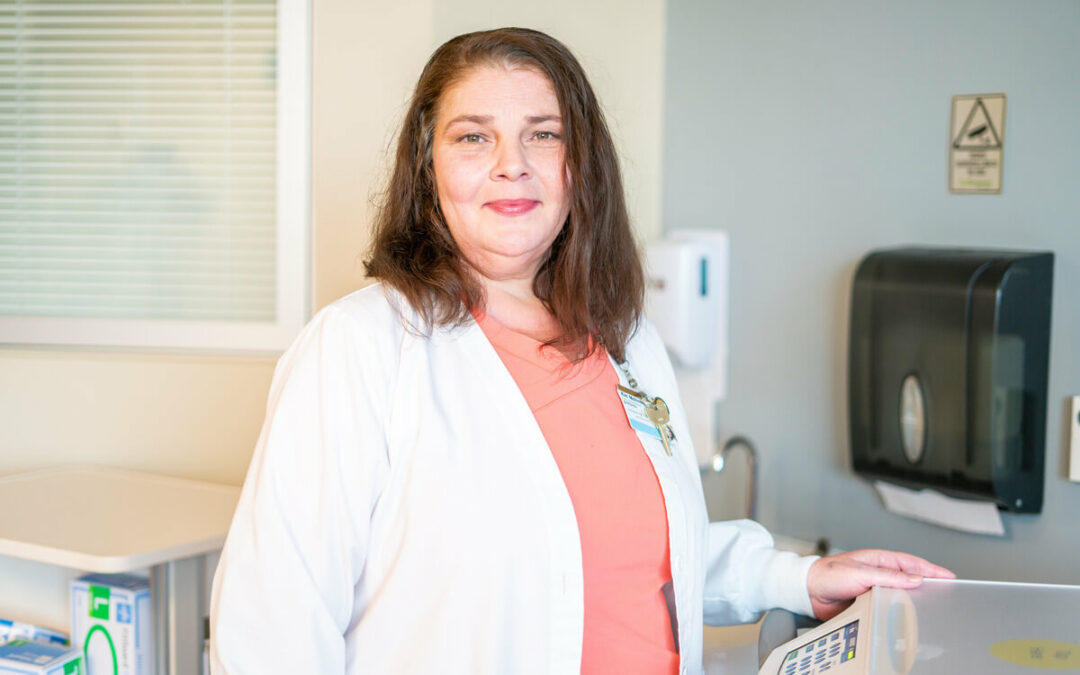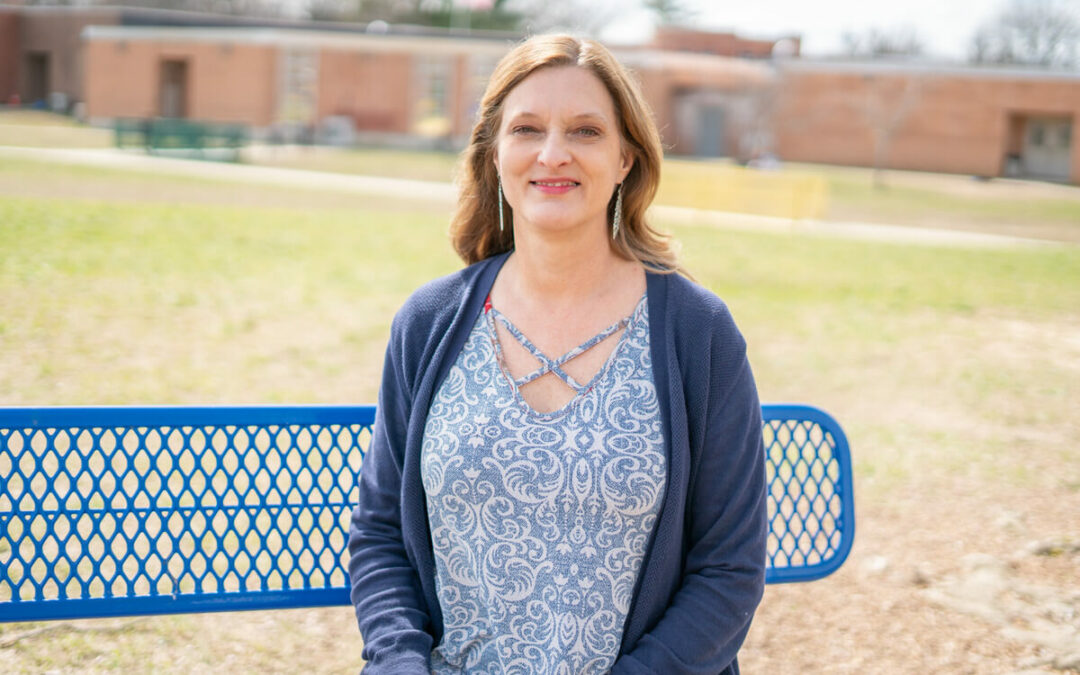DR. GARY Flandro’s father drove him to an observatory to see the moon as a young boy. When he was six, his mother gave him the book “Wonders of the Heavens.” He read it from cover to cover. These introductions to STEM at an early age created an insatiable thirst, propelling him toward a lifetime of studying the cosmos.
“As a youngster, I was interested in anything having to do with airplanes, space flight, robots, and astronomy. I built model airplanes starting at age 8 and have never stopped. I constructed a small telescope in 1941. The glider developments that started in Germany after World War I fascinated me, and, of course, was fascinated by the rocket developments by Dr. Wernher von Braun during World War II. It was natural for me to seek educational resources in science and engineering later. At first, I wanted to be an airplane pilot, then an astronomer, then an archeologist, and later a rocket scientist. In one way or another, I have succeeded in achieving these dreams,” said Dr. Flandro.
Born March 30, 1934, in Salt Lake City, Utah, Dr. Flandro is a world-renowned American aerospace engineer and scientist who has lived in Tullahoma since 1991. He held the Boling Chair of Excellence in Space Propulsion at the University of Tennessee Space Institute (UTSI) until his retirement. He is also a co-owner and chief engineer for Gloyer-Taylor Laboratories in Tullahoma. Dr. Flandro previously served as the department chairman of engineering at Southern Utah University. He was a professor of mechanical engineering at the University of Utah until he moved to the Georgia Institute of Technology. Dr. Flandro holds a bachelor’s in mechanical engineering from the University of Utah and a master’s. Additionally, he holds a doctorate in aeronautics from the California Institute of Technology (Caltech).
In the summer of 1964, while working at the NASA Jet Propulsion Laboratory, he was assigned to study techniques for exploring the outer planets of the solar system (Jupiter, Saturn, Uranus, and Neptune). Dr. Flandro made a remarkable discovery during his study, finding that using the “gravity assist” technique would reduce the duration of a mission to these outer planets from 40 years to less than 10.
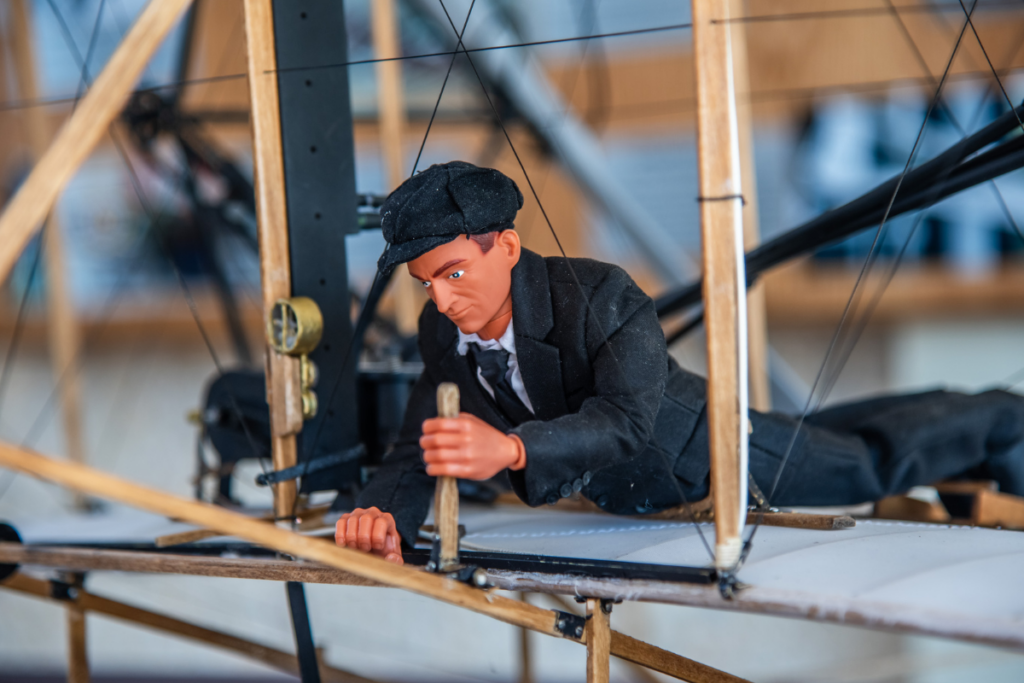
When Voyager I and Voyager II were launched in 1977 and named the “Grand Tour Mission,” NASA used Dr. Flandro’s discovery to its advantage, awarding him the NASA Exceptional Achievement Medal in 1998. Inspired by the Voyager successes, the 1989 Galileo Jupiter orbiter, the 1997 Cassini Saturn orbiter, and the 2006 New Horizons mission that arrived on Pluto in 2015 became possible thanks to Dr. Flandro’s earlier work.
Over the years, Dr. Flandro has held many distinguished titles, such as being named a Fellow of the American Institute of Aeronautics and Astronautics in 2008. He has authored and co-authored books, spoke at technical meetings, and conducted engineering short courses for UTSI. His alma mater, Caltech, awarded him the Distinguished Alumni Award in 2018. In October 2023, UTSI received a gracious donation of 13 historically unique model airplanes built by Dr. Flandro, and in turn, honored him for his lifetime of contributions.
When asked about his accomplishments and how others can achieve their dreams, Dr. Flandro said, “Study the accomplishments of individuals you admire — study the manner by which these persons succeeded in achieving their goals. Don’t hesitate to ask for help from others that you can identify as role models. Look for educational programs that have a natural appeal to you. Never allow others to discourage you from developing your own ideas and goals.”
Dr. Flandro believes that STEM programs are vital for students and fuel a lifetime of learning.
“My own history is an example of why the STEM program is a vital key to the educational goals of the United States of America.”
He also credits his mother for keeping him focused on the future.
“My life is an example of what a poor fellow from Utah can achieve by hard work and determination.”
According to Encyclopedia Britannica, the U.S. National Science Foundation created the acronym for STEM in 2001, stressing the links between prosperity and “knowledge-intensive jobs,” such as those in STEM. Arnold Engineering Development Complex has partnered with the Hands-On Science Center in Tullahoma to provide interactive programs for homeschoolers, teachers, and local students. GN

